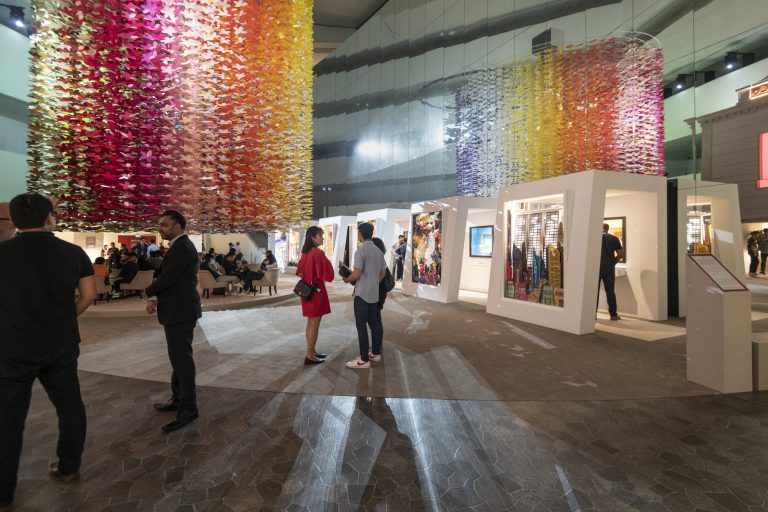So, it’s the biggest event related to watches that’s happening in Singapore right now, and if you’ve heard of it, you’re probably planning a time to go down to see the Watch Art Grand Exhibition by Patek Philippe.
If you’ve not heard of it, you still have time, as the exhibition will carry on till the 13th of October 2019 at the Sands Theatre at Marina Bay Sands in Singapore. Just know that you will have to register at this link to attend. Entrance is free, but do note that you will be given a time-slot to attend, so that the numbers of people that are in the exhibition can be managed to give everyone the best experience possible.
It’s worth experiencing if you can, not just for the scope of what you will see, but also for the rare chance to see many important watches from Patek Philippe in one place. The exhibition features not just the pieces that are in their current collection, but also many from the past that have helped to make the company’s reputation. It’s not just watches in glass display cases as well, as you’ll be able to get a good insight into the mechanical aspects of Patek Philippe movements with master watchmakers who will answer your questions, as well as skilled artisans who will demonstrate in front of you some of the finest crafts that are found in Patek Philippe’s rarest watches.
As a travelling exhibition, it has gone to quite a few places around the world before with the last one that was held in New York in 2017. What’s special for the Singapore edition this time round in 2019 is that the exhibition space will be the largest ever at a total floor area of 24,000 sq feet. Essentially it takes up the entire space of the Marina Bay Sands theatre, and if you’ve been there before to watch a musical or play, you’ll be able to visualise how just how big it is, with every part of the theatre, from the front reception to the stage, having been converted, in stunning fashion, to bring you on a journey through the history of Patek Philippe, with some portions transformed to bring you in spirit to places as far away as the Patek Philippe Museum in Geneva in Switzerland.
With such a large area and over 400 individual exhibits, it will take some time to get through it all. However since everything is laid out logically from beginning to end, with the exhibits divided into themed rooms as you can see in the map below, it is an easy path that allows you to discover everything systematically. In this article, I’ll take you through the rooms and give you a sampling of some of the highlights worth taking note of should you decide to have a look. Or if it is not possible for you to attend, you can also have a look at the pictures here to get a sense of what the exhibition is all about.
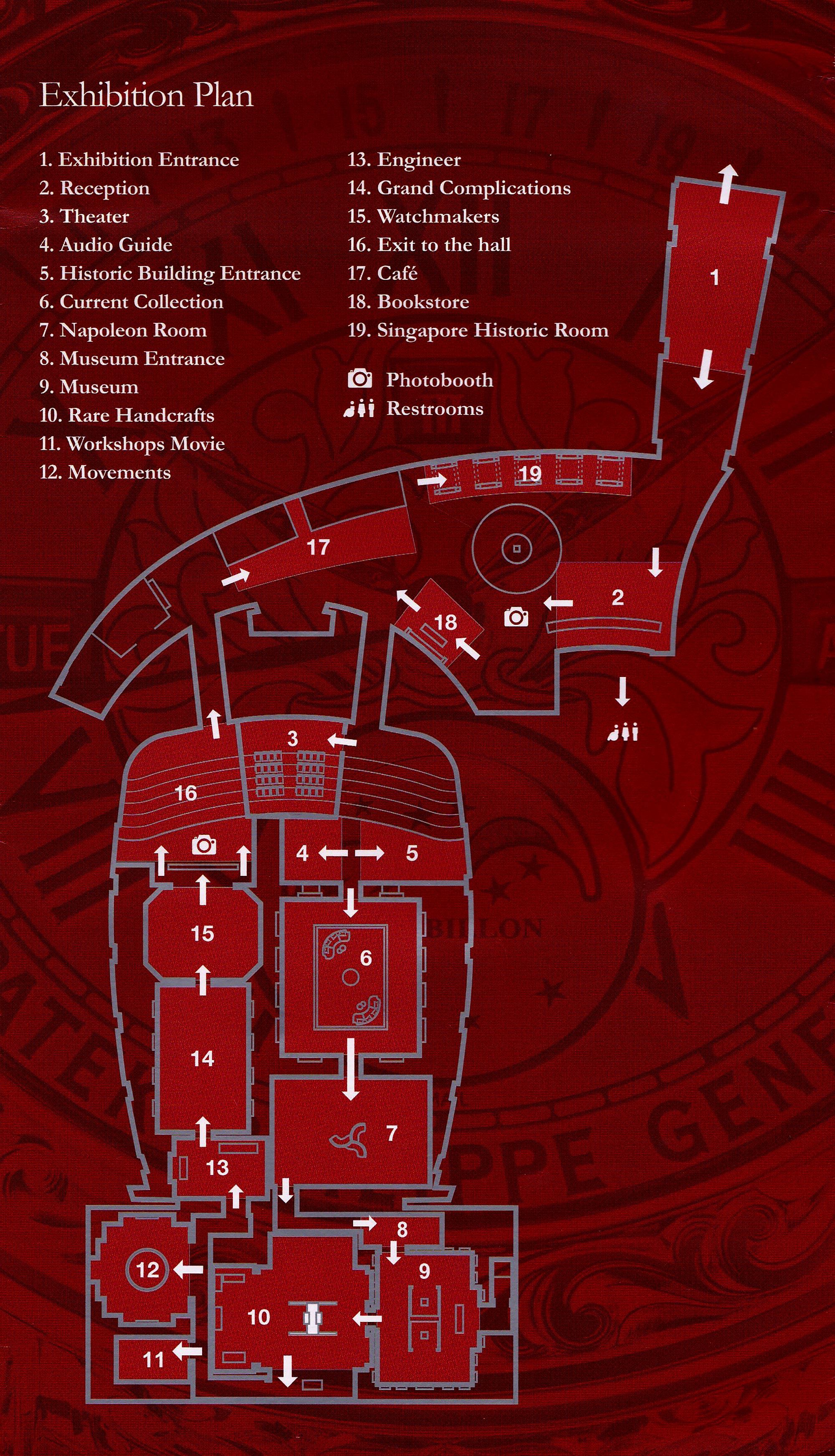
1. Exhibition Entrance: I probably won’t have to say too much about finding the Sands Theatre at Marina Bay Sands in Singapore, since the exhibition has already been well publicised. When you come to the area above, go to the box office to pick up your ticket, then proceed to the right into the theatre, where there will be a security check.
I probably won’t have to say too much about finding the Sands Theatre at Marina Bay Sands in Singapore, since the exhibition has already been well publicised. When you come to the area above, go to the box office to pick up your ticket, then proceed to the right into the theatre, where there will be a security check.
2. Reception Area:
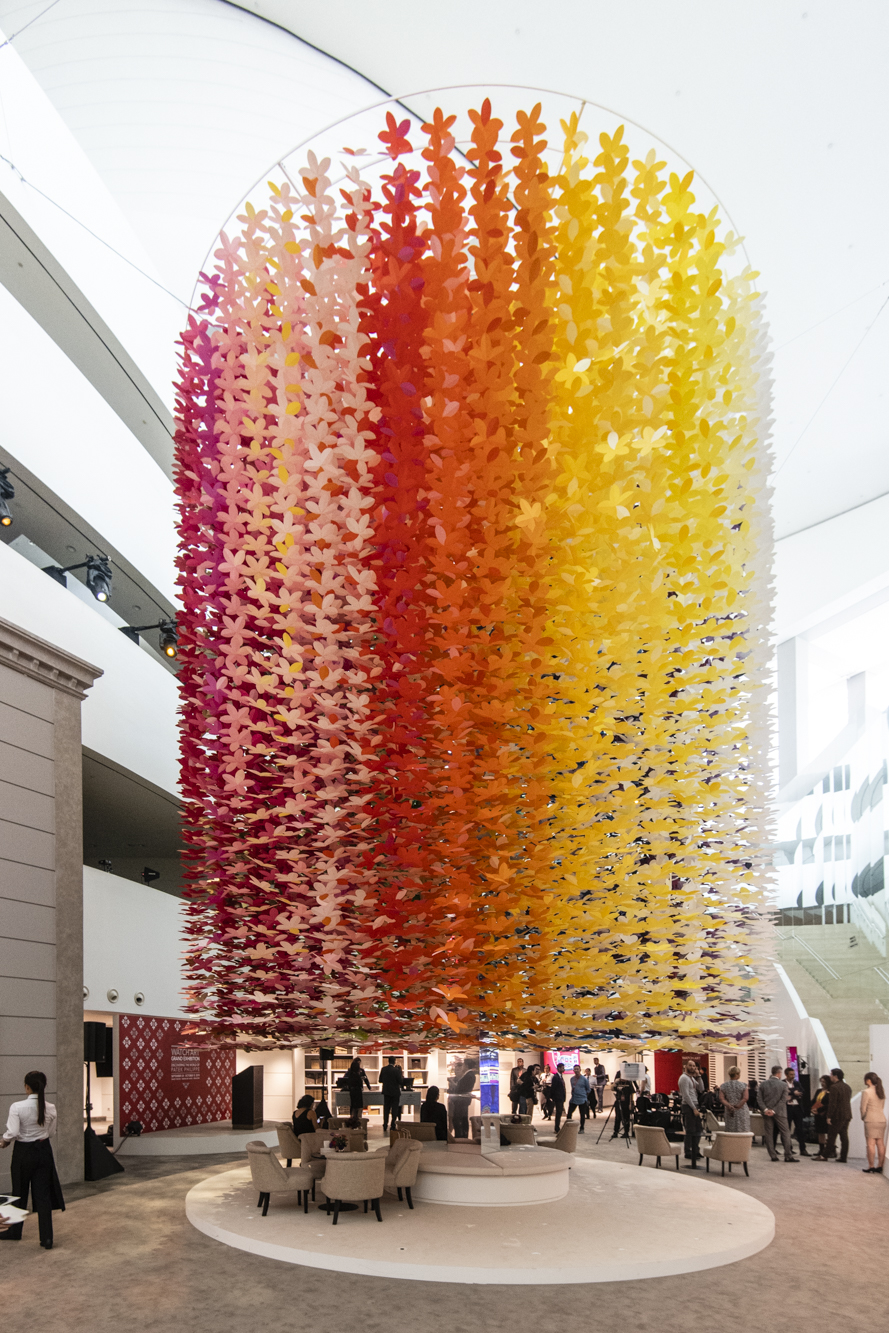 This is the view that awaits you when you step into the reception area and it is an impressive sight to behold.
This is the view that awaits you when you step into the reception area and it is an impressive sight to behold.
3. Theatre: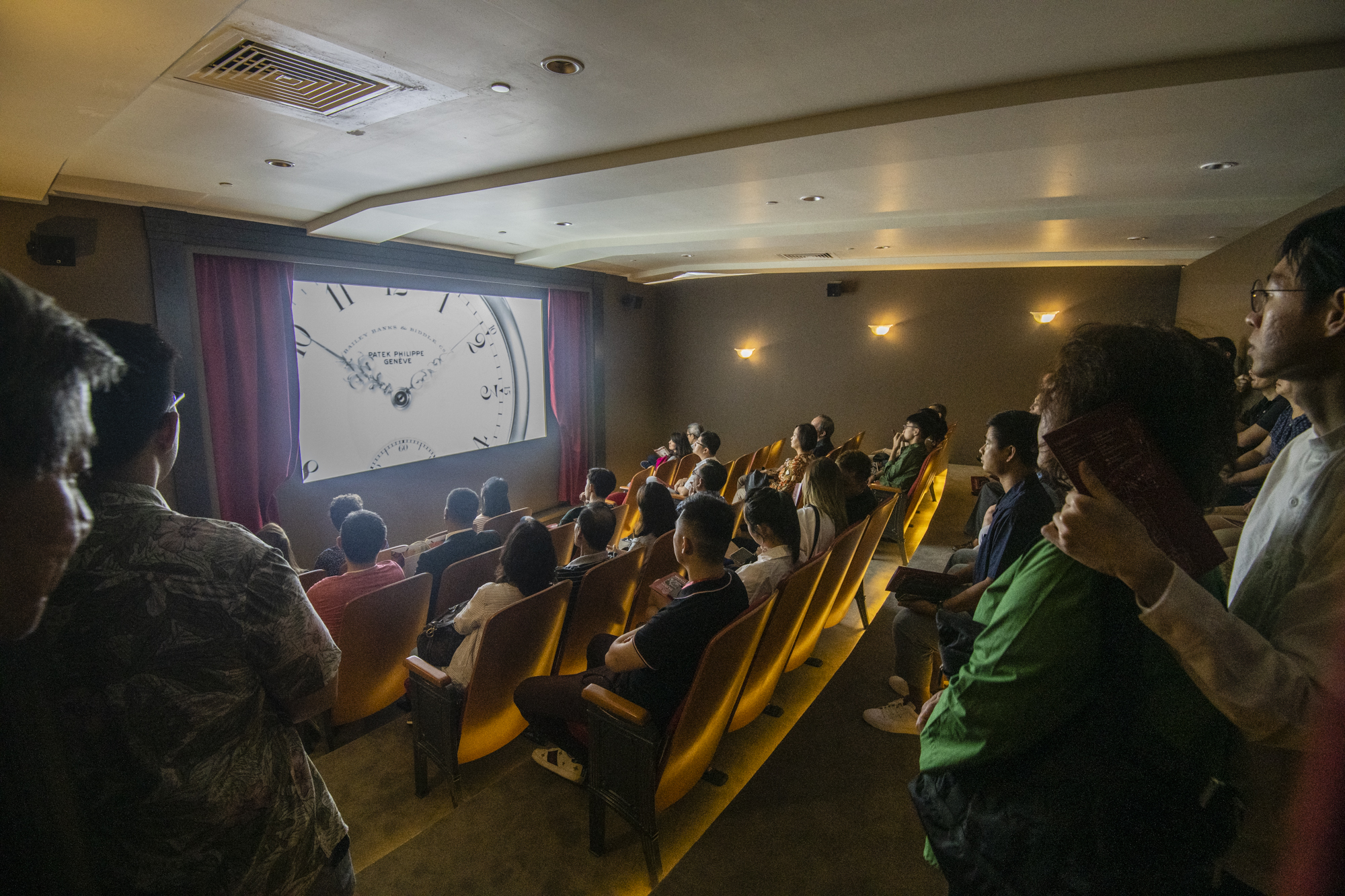 As you start your tour proper, the first thing that you will encounter is this small theatre just next to the entrance to the exhibits. It plays a looping movie that gives a potted history of the Patek Philippe company, from its initial start in 1839 all the way to the modern era under the Stern family, the current custodians of the brand.
As you start your tour proper, the first thing that you will encounter is this small theatre just next to the entrance to the exhibits. It plays a looping movie that gives a potted history of the Patek Philippe company, from its initial start in 1839 all the way to the modern era under the Stern family, the current custodians of the brand.
I would recommend spending the 10 minutes or so that it takes in here to watch the movie, since it gives you a good foundation to understand what you will see later on. All the main figures in the company’s history are represented, from Antoine Norbert De Patek and Adrien Philippe, and the four generations of the Stern family, starting with brothers Charles Stern and Jean Stern who acquired the company in 1932, to Henri Stern who became President in 1958, to Philippe Stern who took over in 1993, and of course to the current President, Thierry Stern.
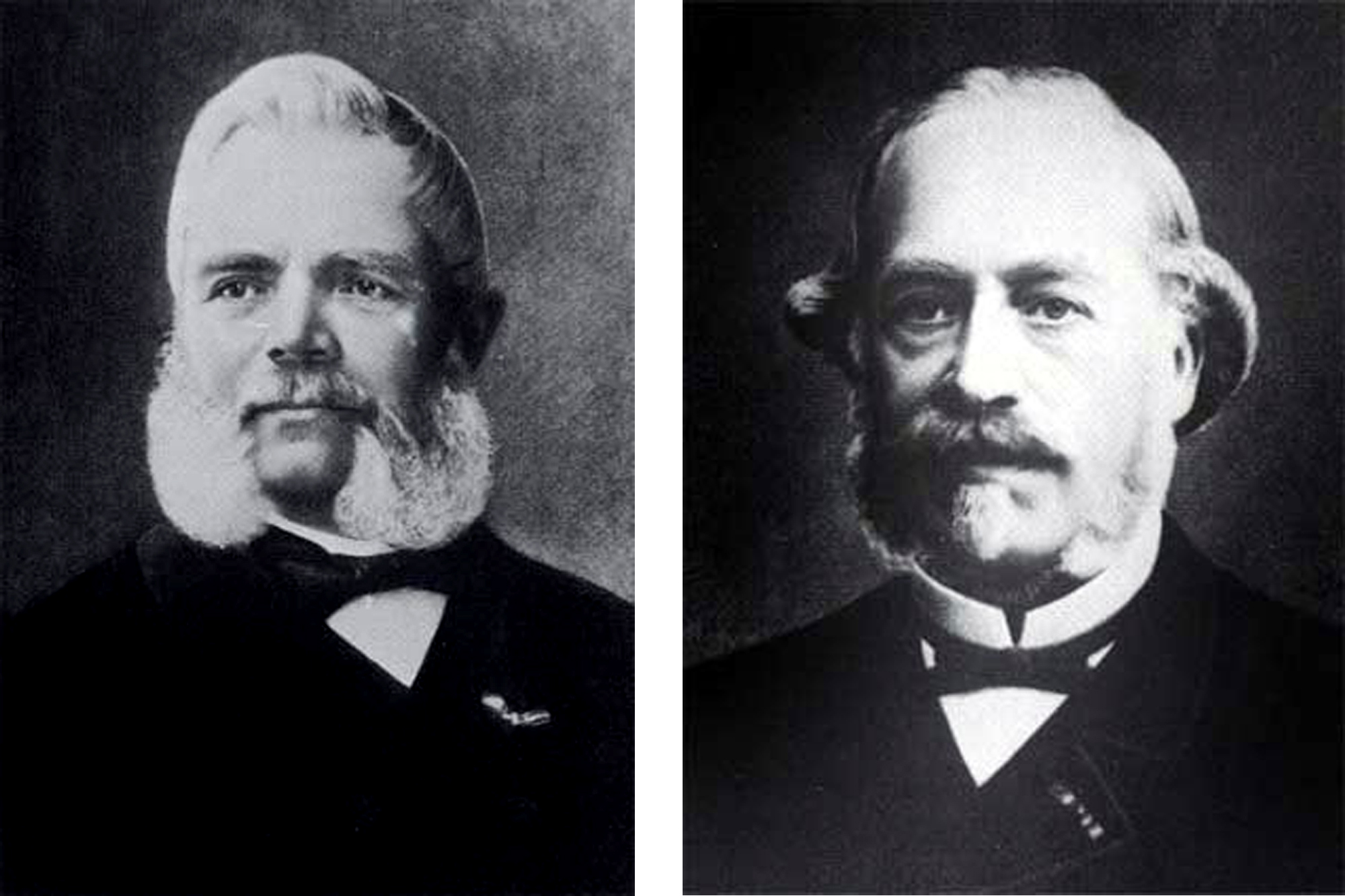
4. Audio Guide: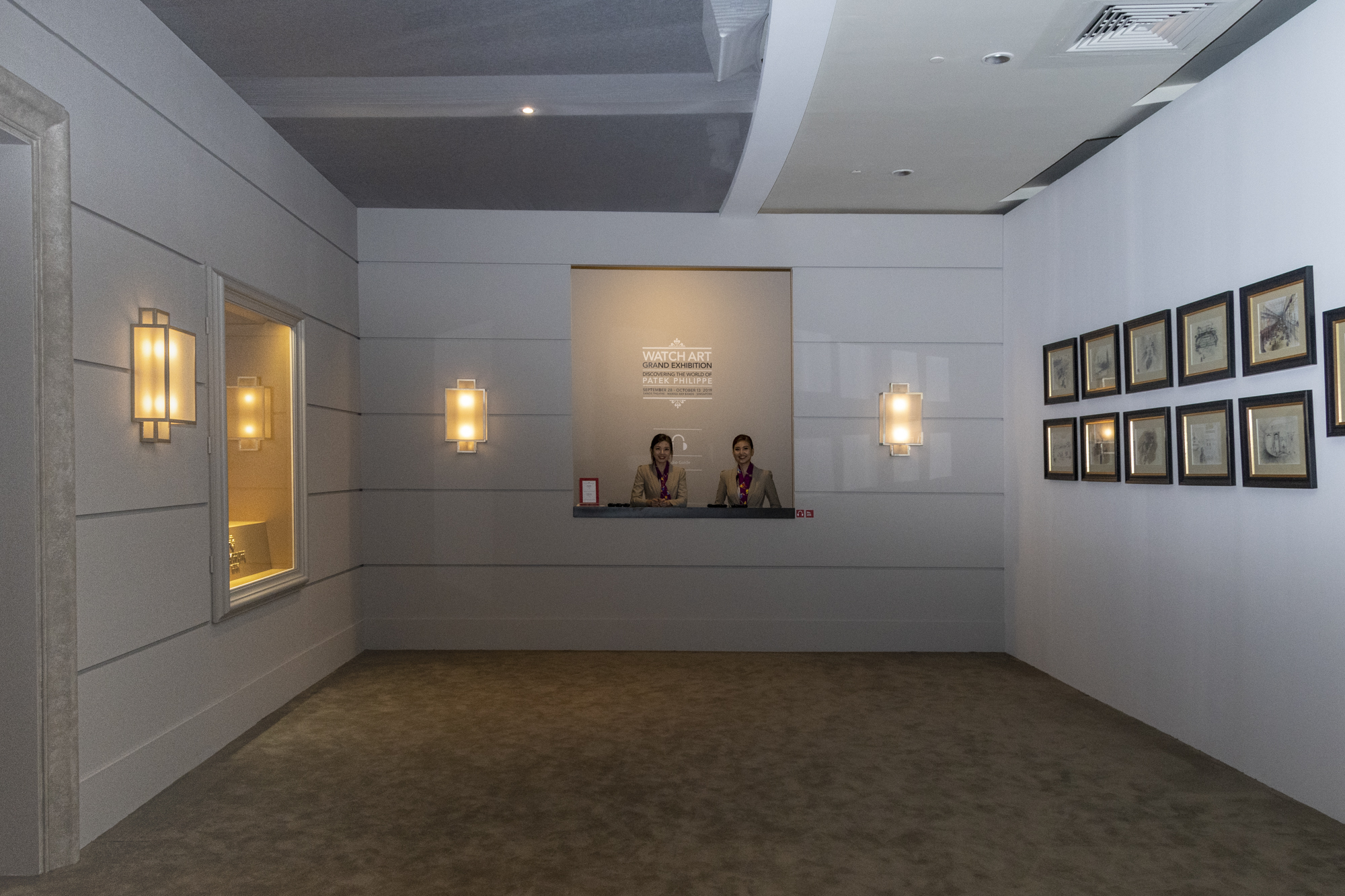 Don’t forget to pick up your audio guide here from the friendly ladies who will instruct you on how to use it when viewing the exhibits.
Don’t forget to pick up your audio guide here from the friendly ladies who will instruct you on how to use it when viewing the exhibits.
5. Historic Building Entrance: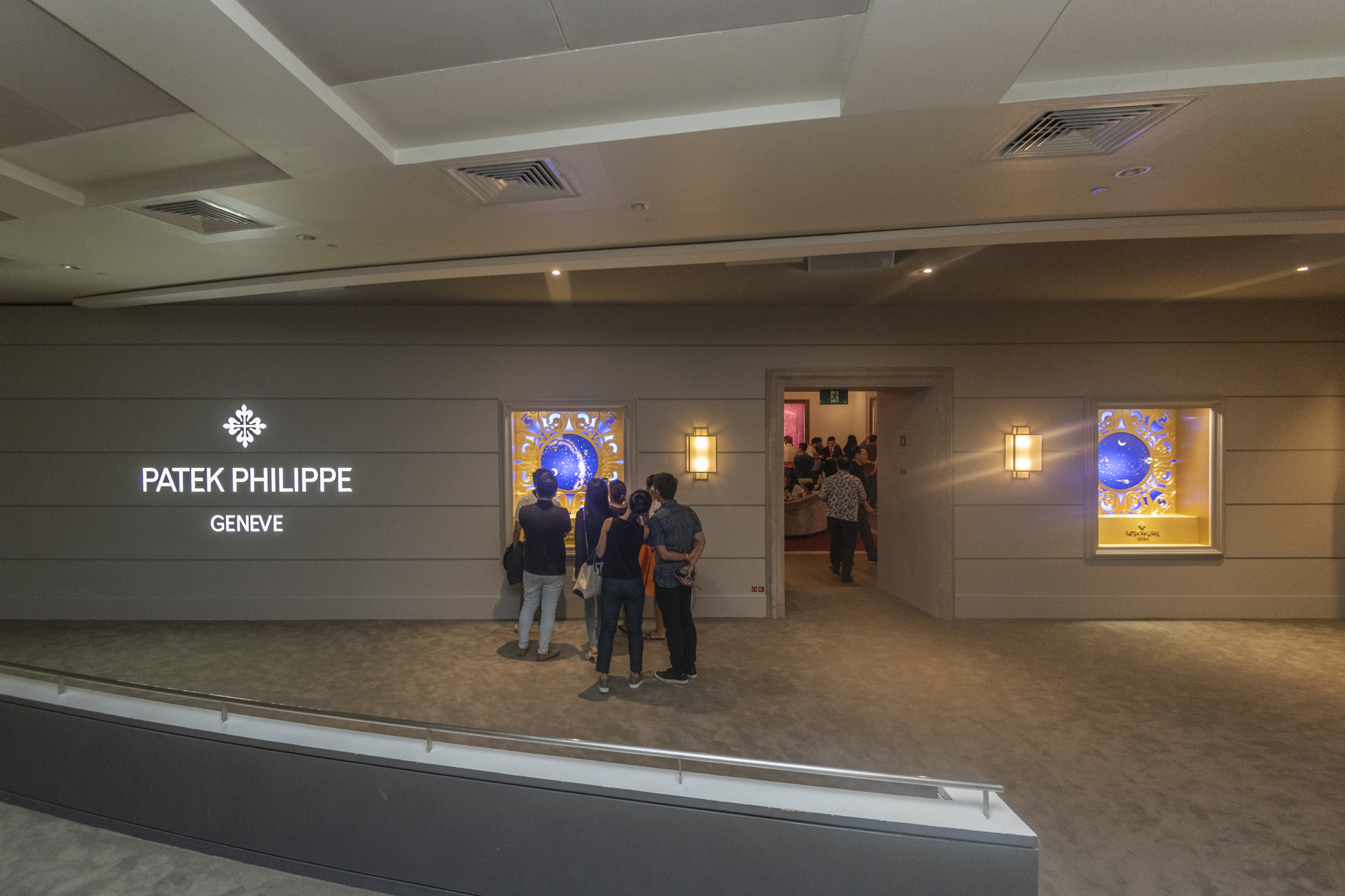 6. Current Collection:
6. Current Collection: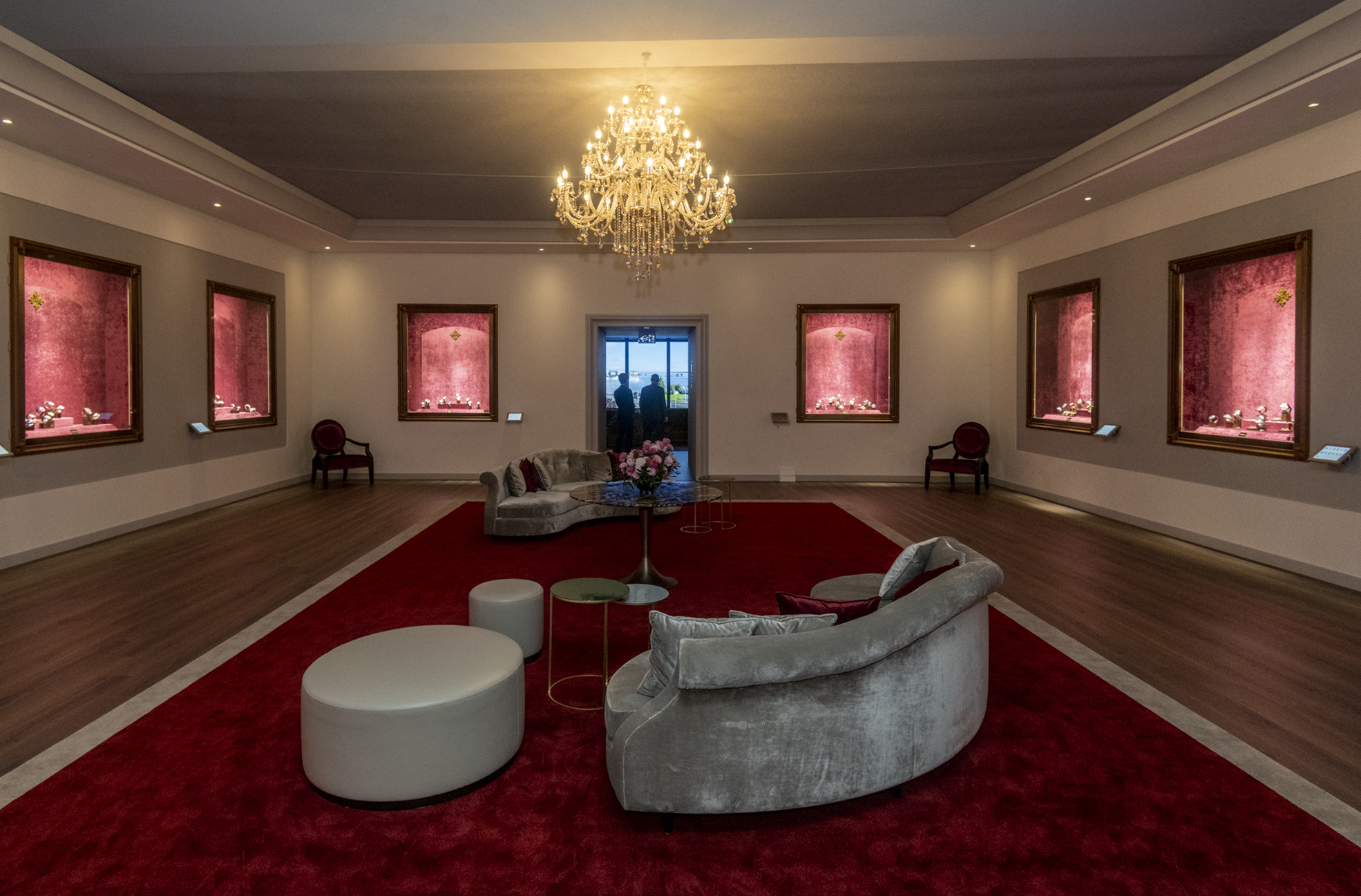 Stepping into this room is a surreal experience as you feel instantly transported to somewhere far away in Europe. In fact, this richly decorated room, in which one can find all the pieces in the current collection, replicates the Patek Philippe Salons on the Rue du Rue du Rhône in Geneva. One other thing you will realise here is that Patek Philippe is one of the rare brands that produces watches in every category, men’s and ladies, pocket watches and even clocks.
Stepping into this room is a surreal experience as you feel instantly transported to somewhere far away in Europe. In fact, this richly decorated room, in which one can find all the pieces in the current collection, replicates the Patek Philippe Salons on the Rue du Rue du Rhône in Geneva. One other thing you will realise here is that Patek Philippe is one of the rare brands that produces watches in every category, men’s and ladies, pocket watches and even clocks.
Also, one can view four of the six Singapore 2019 Limited Edition watches.
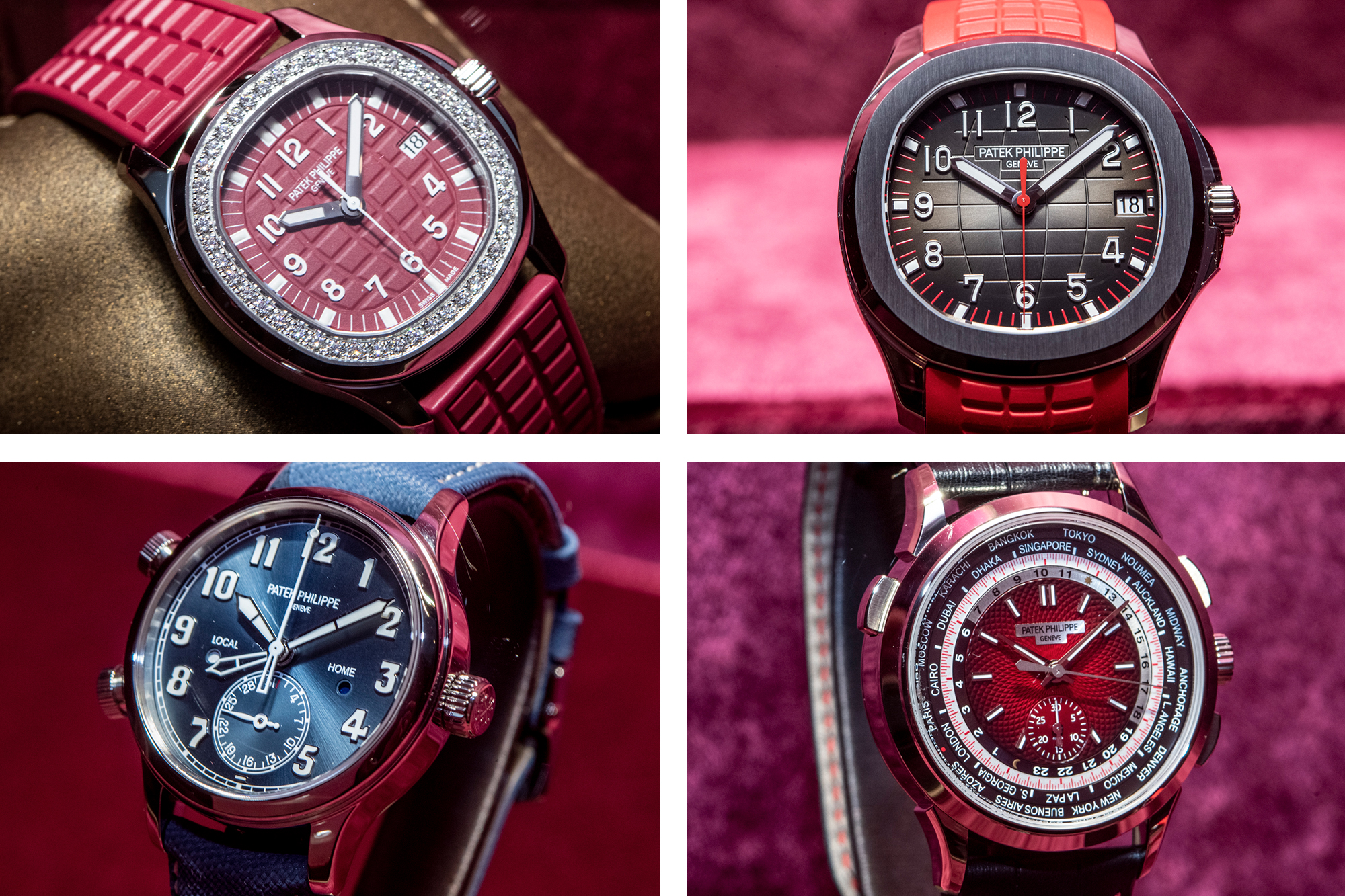
7. Napoleon Room: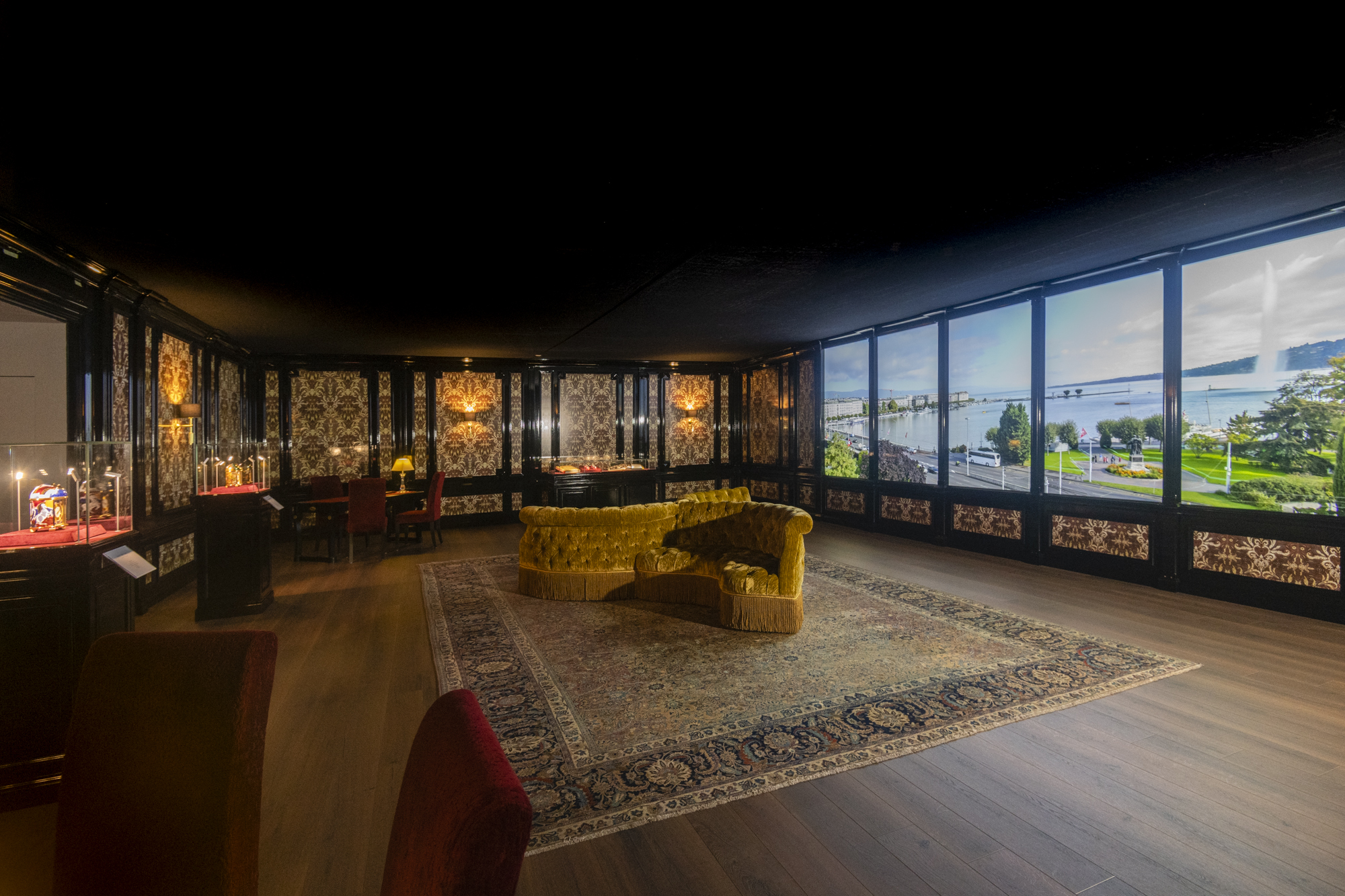 This is a room that replicates the Napoleon Room in the Patek Philippe Salons in Geneva. Dark and while somewhat imposing as you enter, it rewards with a life sized view, via a huge video screen, of Lake Geneva. You exit this room by going around the screen towards the entrance to the Museum.
This is a room that replicates the Napoleon Room in the Patek Philippe Salons in Geneva. Dark and while somewhat imposing as you enter, it rewards with a life sized view, via a huge video screen, of Lake Geneva. You exit this room by going around the screen towards the entrance to the Museum.
8. Museum entrance: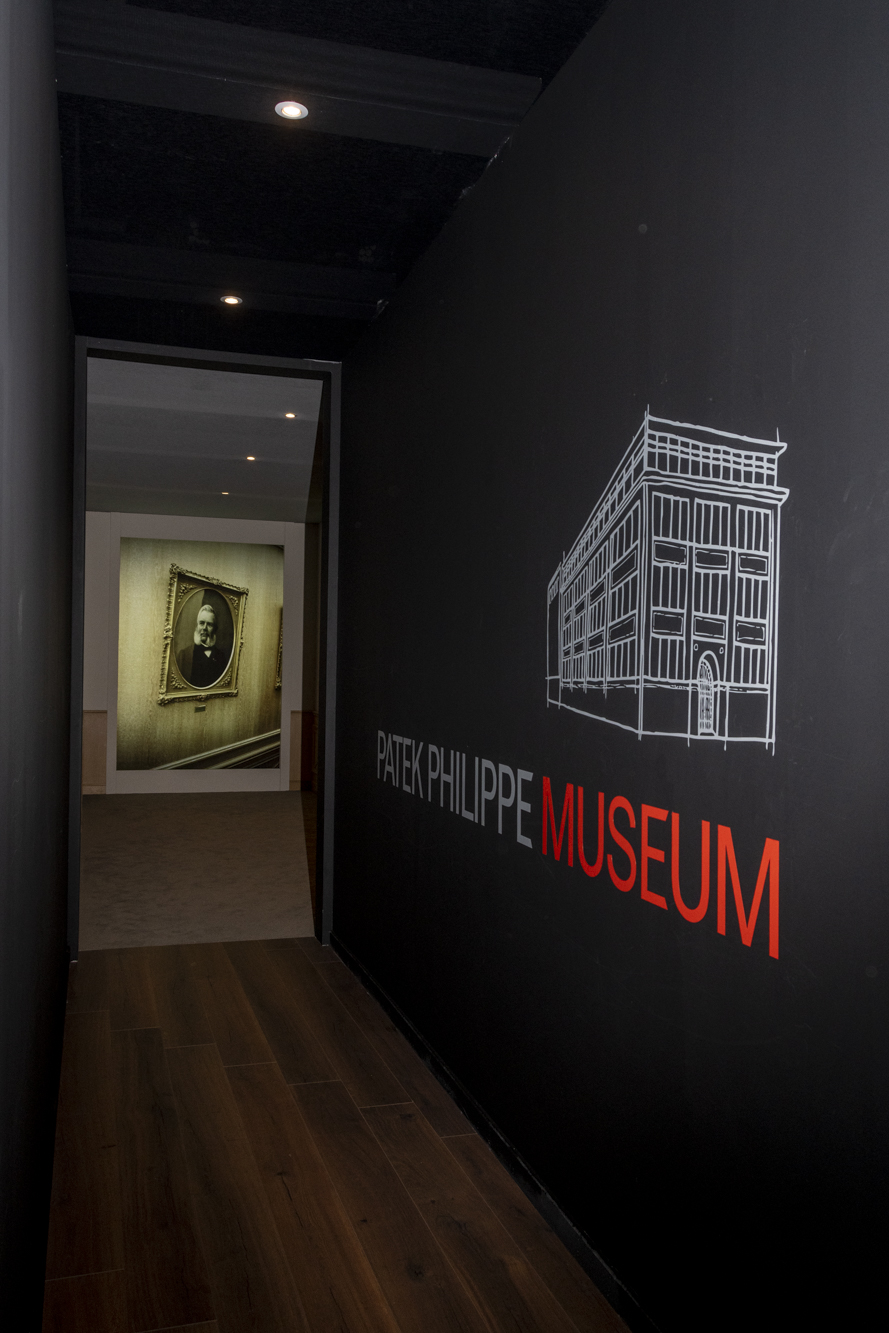
9. Museum:
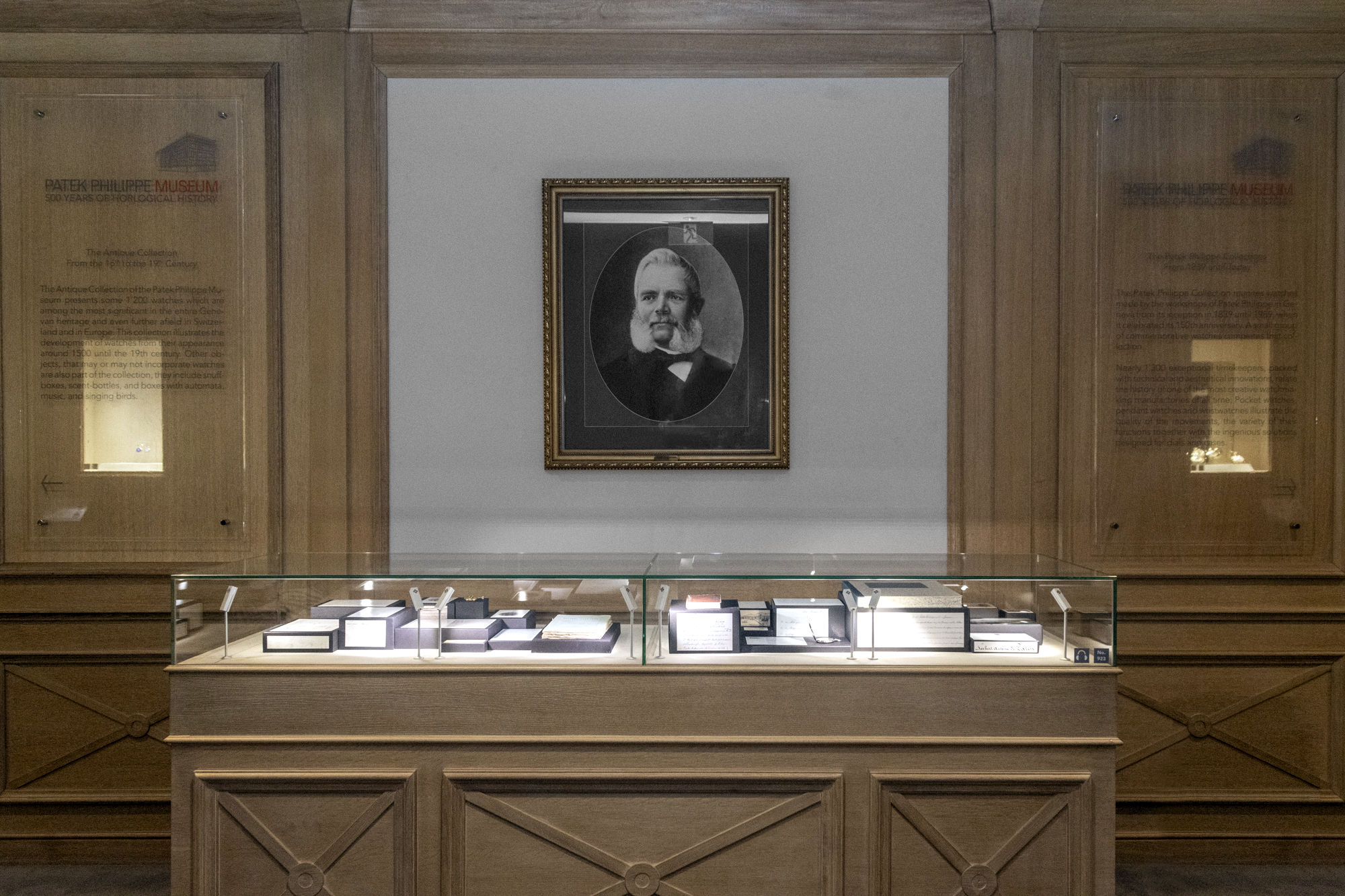
In my opinion, this is the best room of the exhibition, as it is a bit like visiting a condensed version of the Patek Philippe museum in Geneva. The main highlight for me here has to be the movement showcasing Adrien Philipe’s invention – the keyless winding crown and hand-setting system that has given all modern watches the ability of adjusting the time without a separate key.
This movement shown here, is one of the early ones that was made by Philippe to showcase his invention and is marked with his name and the year 1842, when it was first showcased. Every time you wind your watch or set the time – no matter what watch it is – even those not made by Patek Philippe, be thankful that you don’t have to use a separate key, as was the case back then. Just think about it, every watch with a winding crown has the DNA of Patek Philippe!

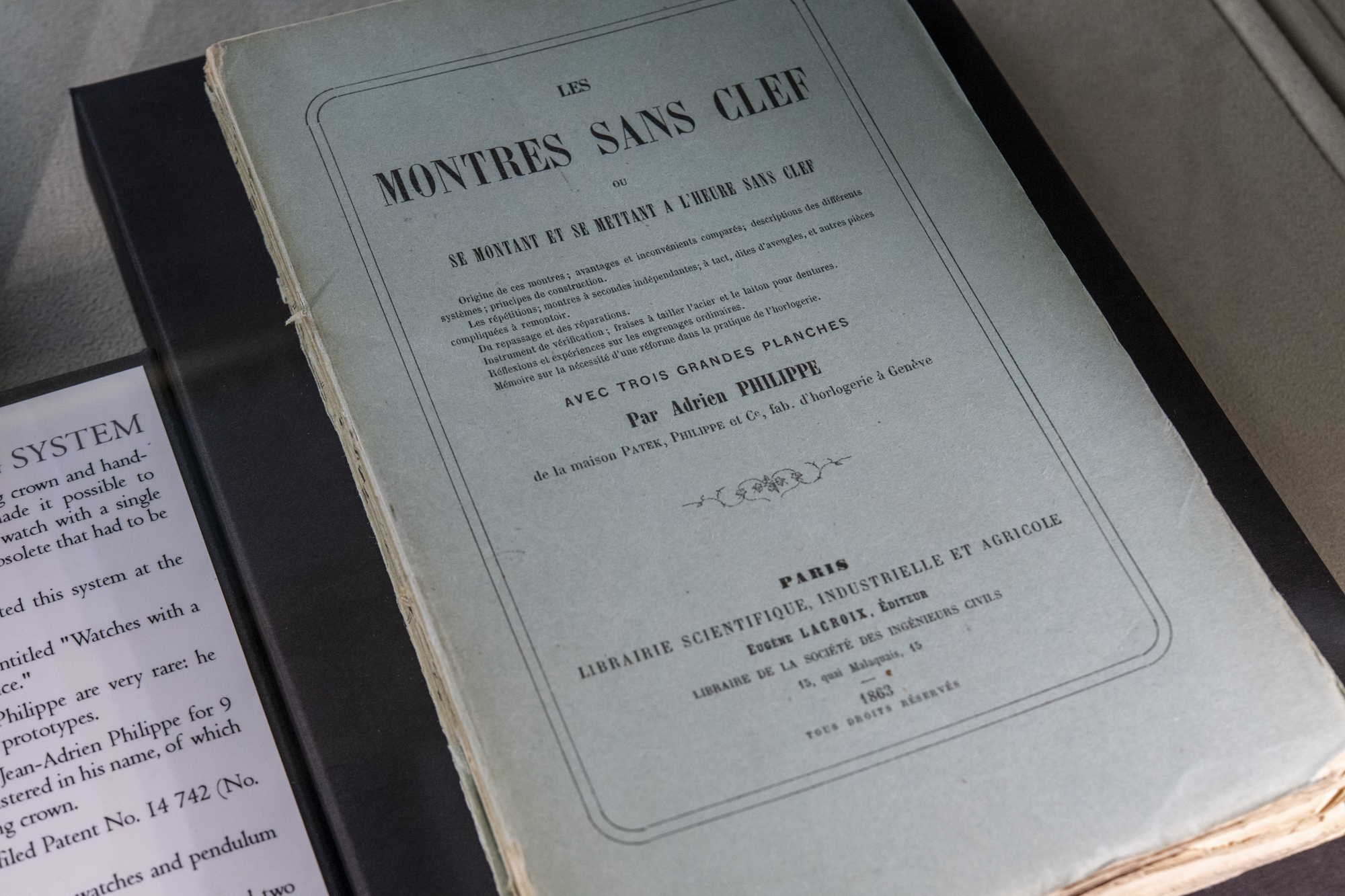
Along with this, Antoine Patek’s personal pocket watch that he bought for himself from his company when it was still Patek, Czapek & Cie, as well as reproductions of the notes he made in his travels to the United States, with detailed descriptions of what he saw, and the contacts he made. These voyages were important in the growth of the company in the early days, and were an essential ingredient in the company’s success. It was a partnership that worked well, in that it allowed the talented Adrien Philippe to remain at the manufacture making great watches, and Antoine Norbert de Patek to travel tirelessly to market and promote the brand.
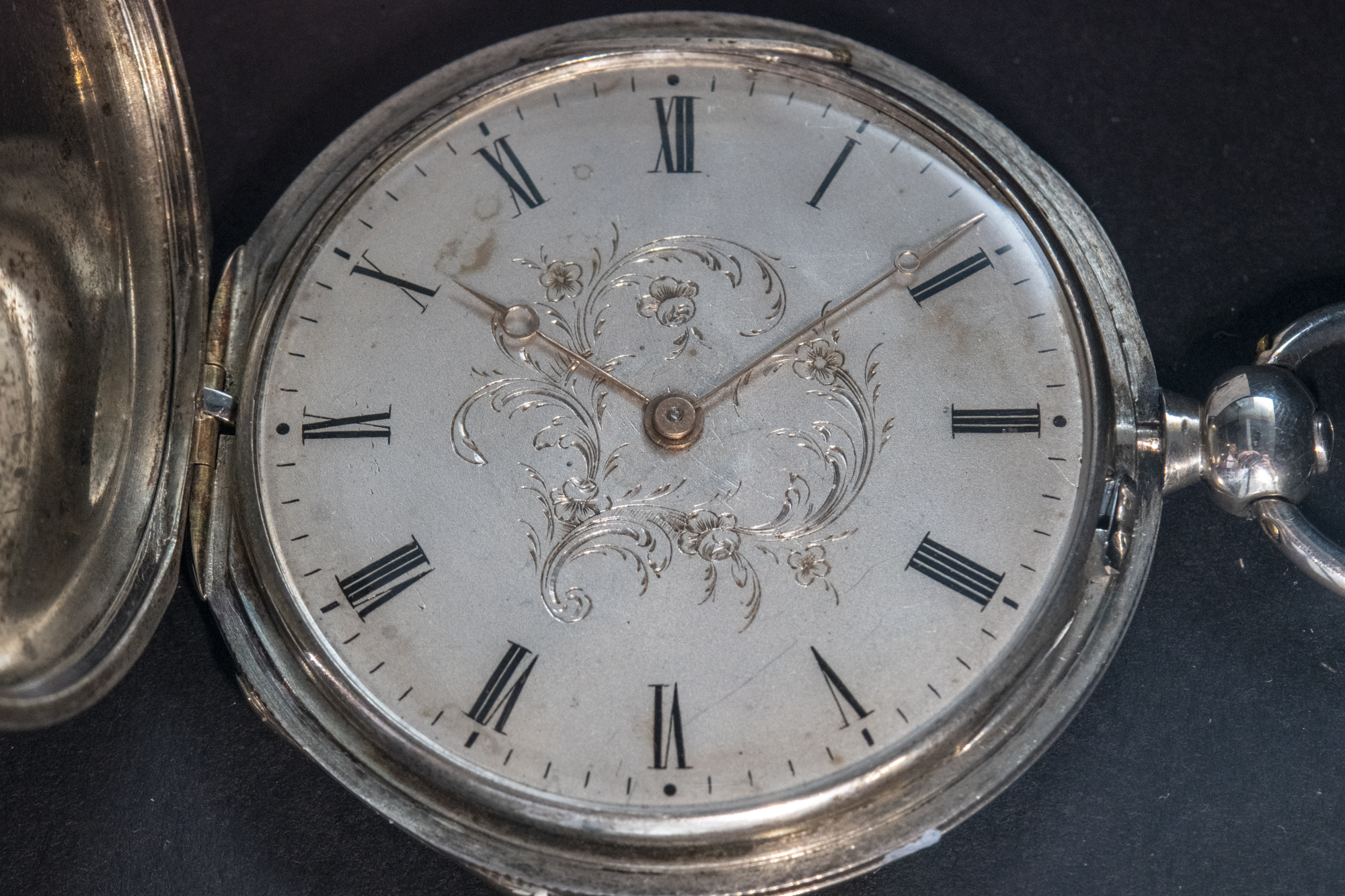
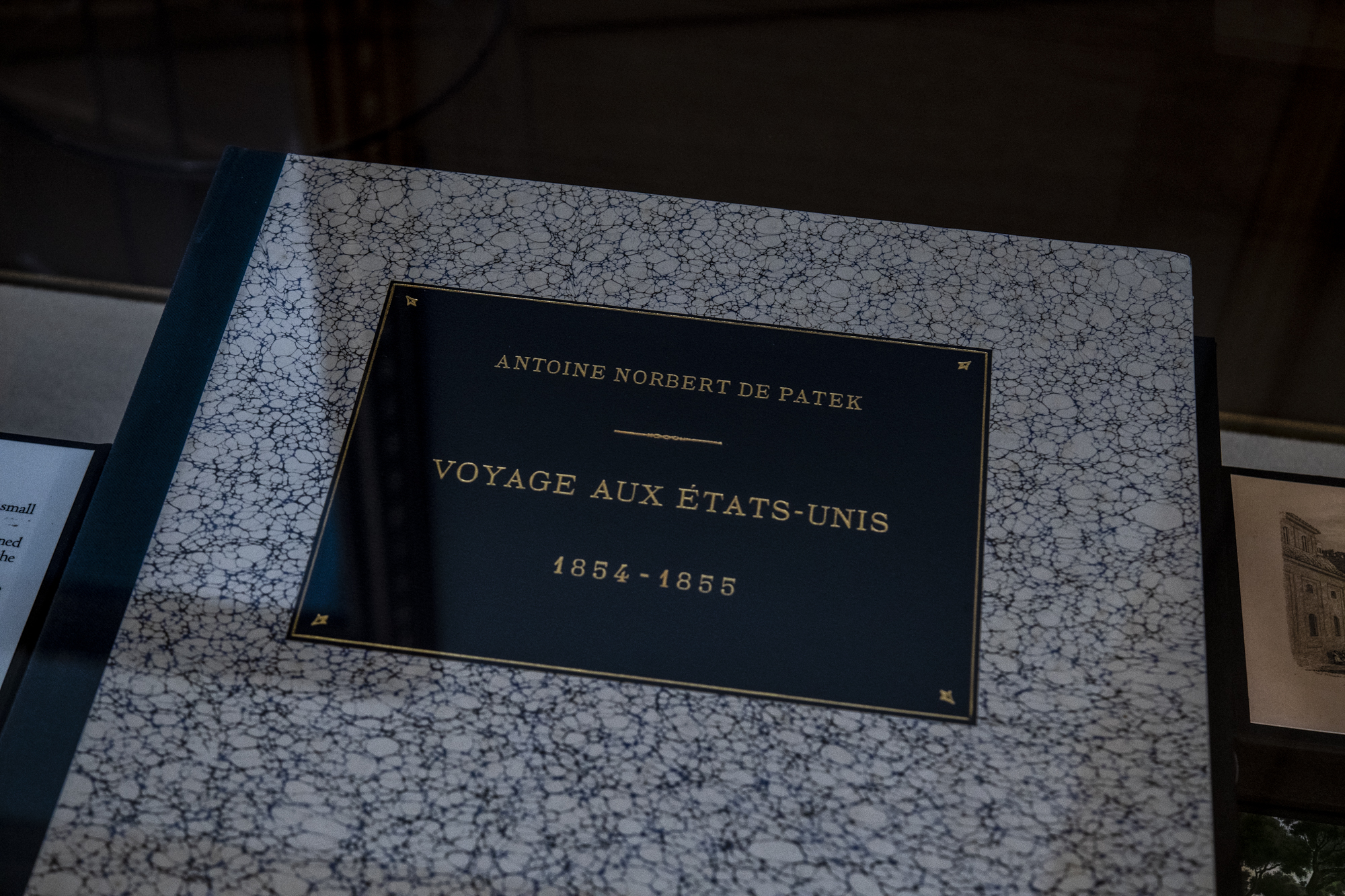
 Aside from this, the Museum room also contains many other famous watches from the historical archives of Patek Philippe, including the Star Calibre 2000, the first Perpetual Calendar wristwatch from 1925, and all the world-timers and split seconds chronographs that form the foundation of the current collections from the brand.
Aside from this, the Museum room also contains many other famous watches from the historical archives of Patek Philippe, including the Star Calibre 2000, the first Perpetual Calendar wristwatch from 1925, and all the world-timers and split seconds chronographs that form the foundation of the current collections from the brand.
The museum isn’t all about Patek Philippe though, since it includes a healthy amount of watches made from before the company even existed, starting from the year 1530 onwards, and some from other famous historical watchmakers.

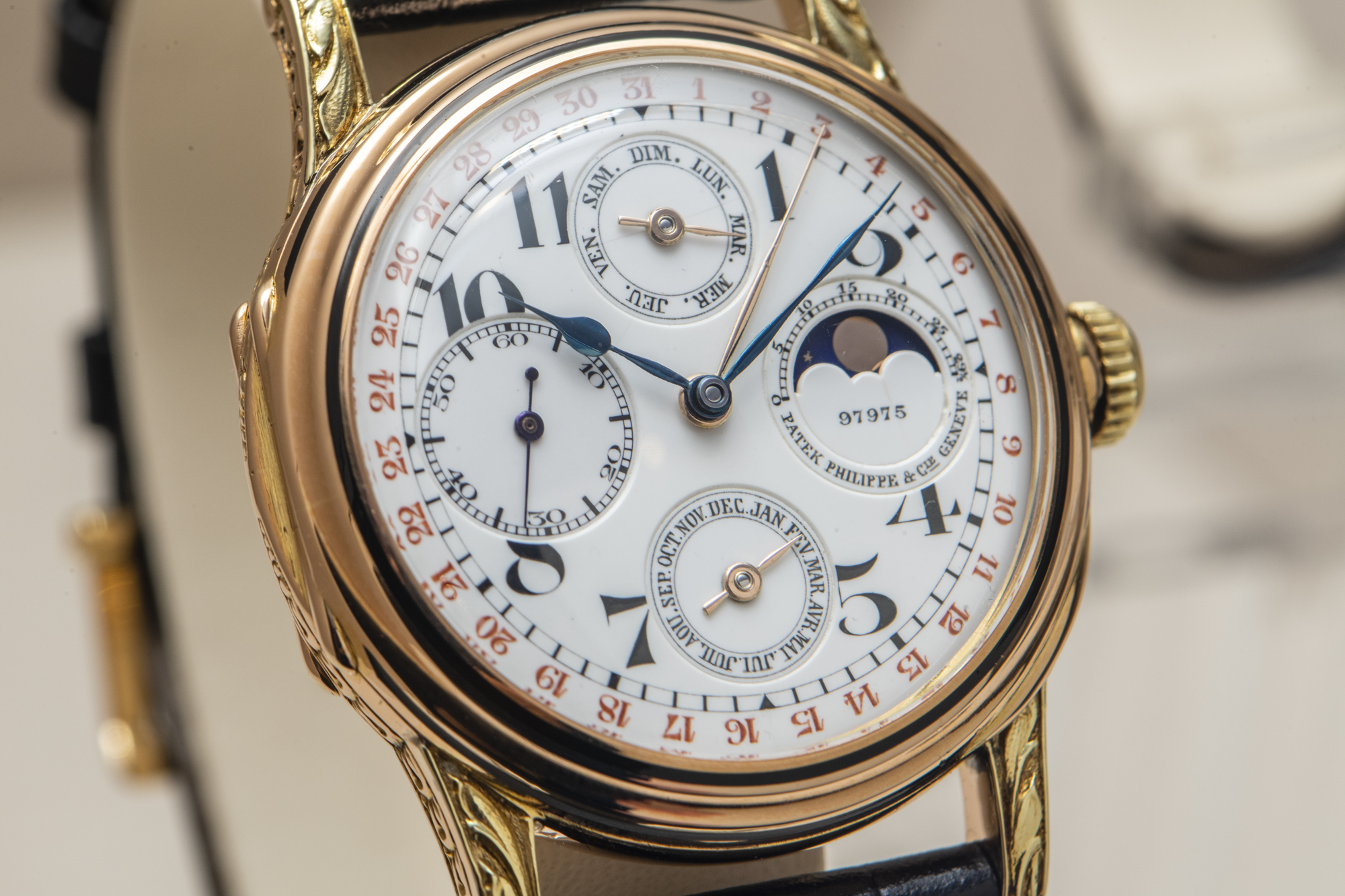
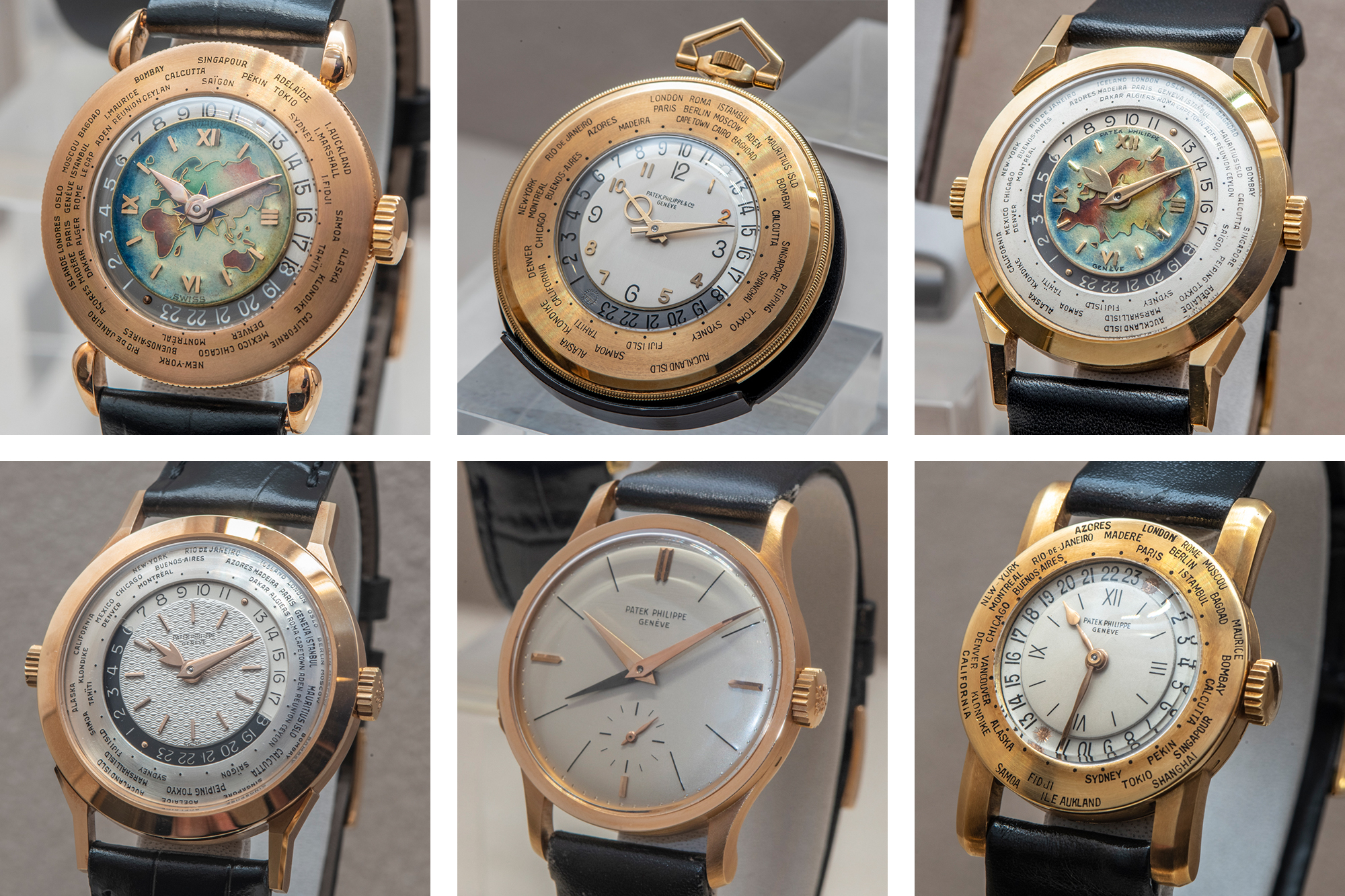
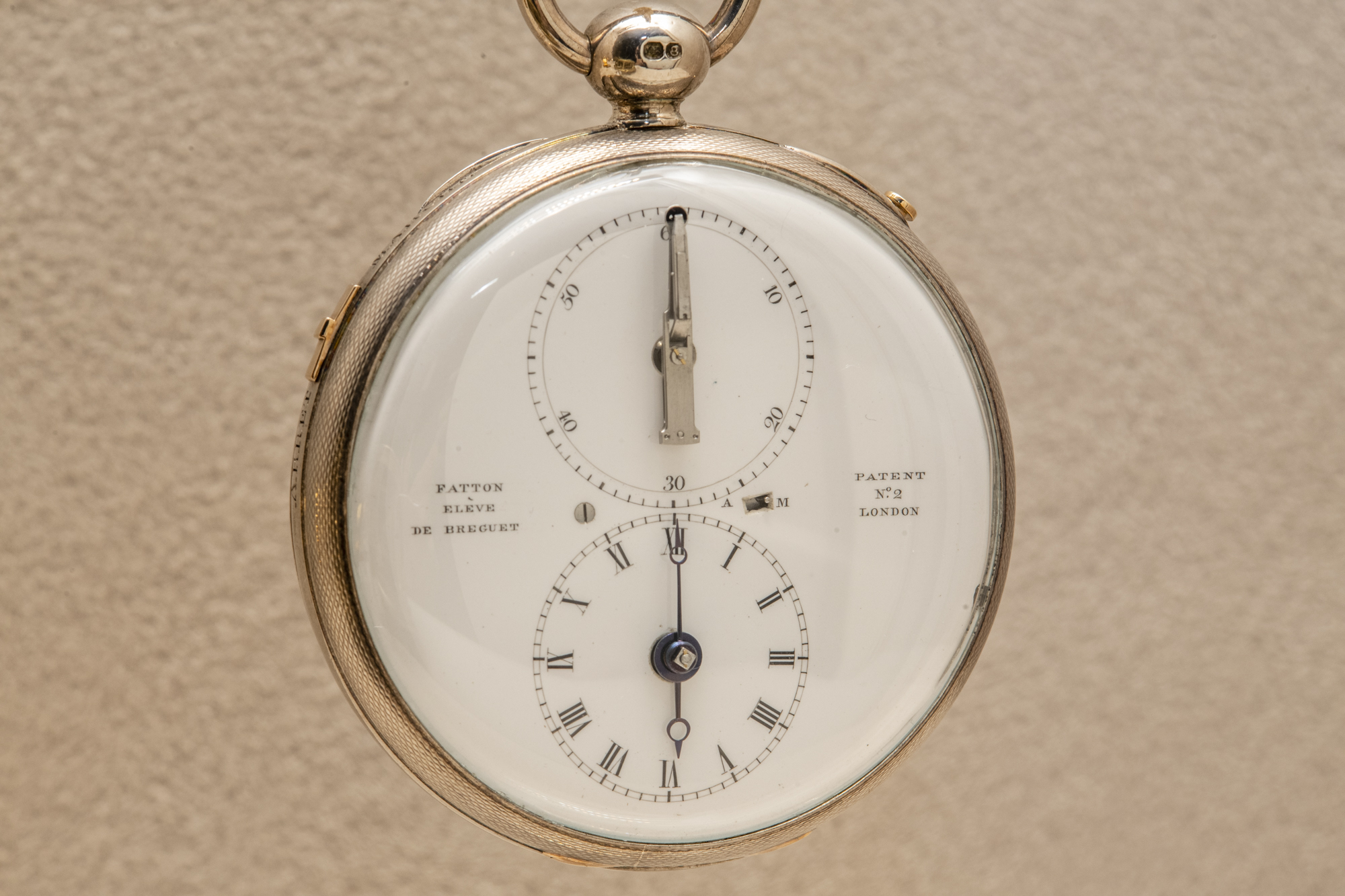
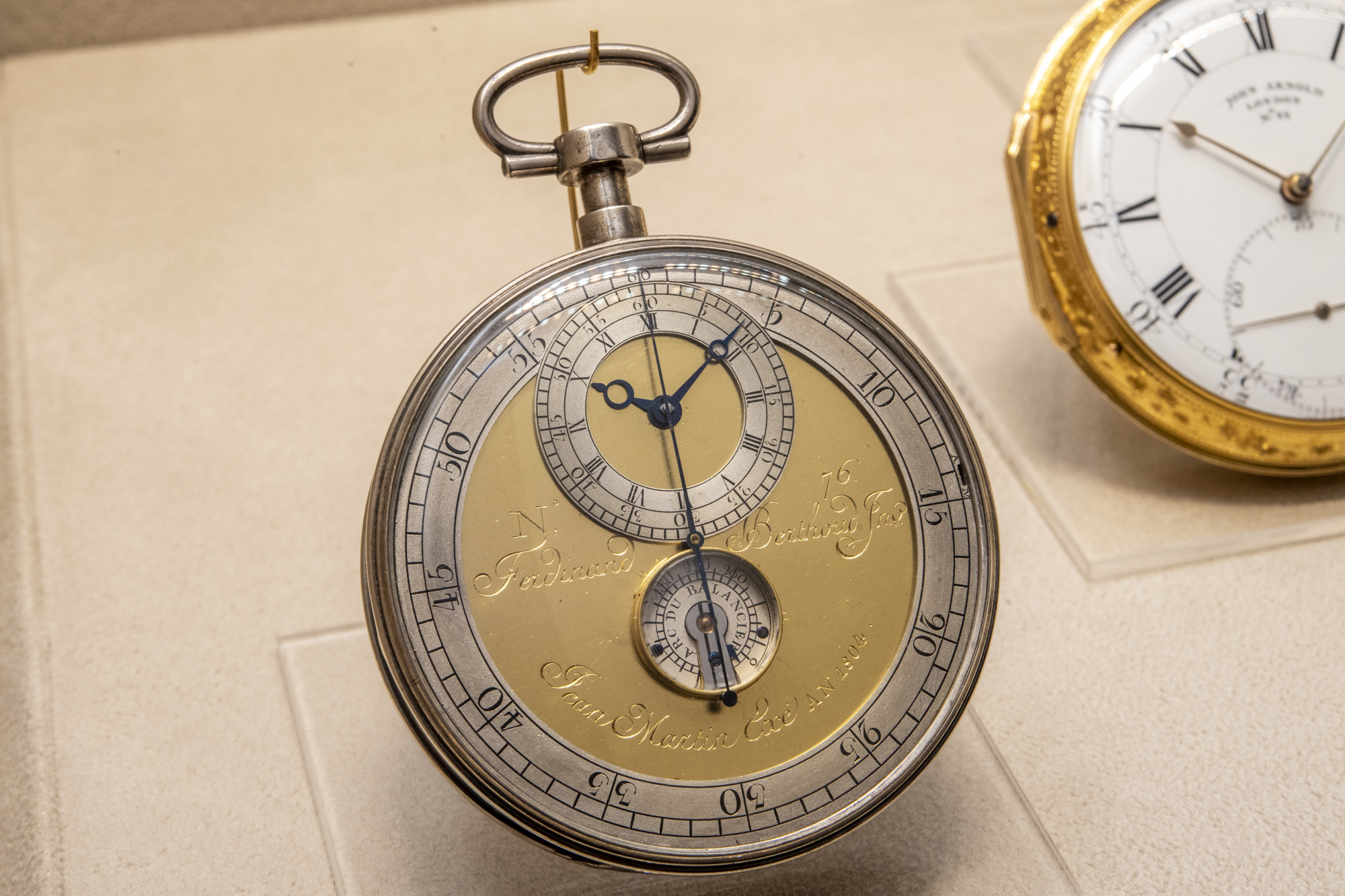
10. Rare Handicrafts:
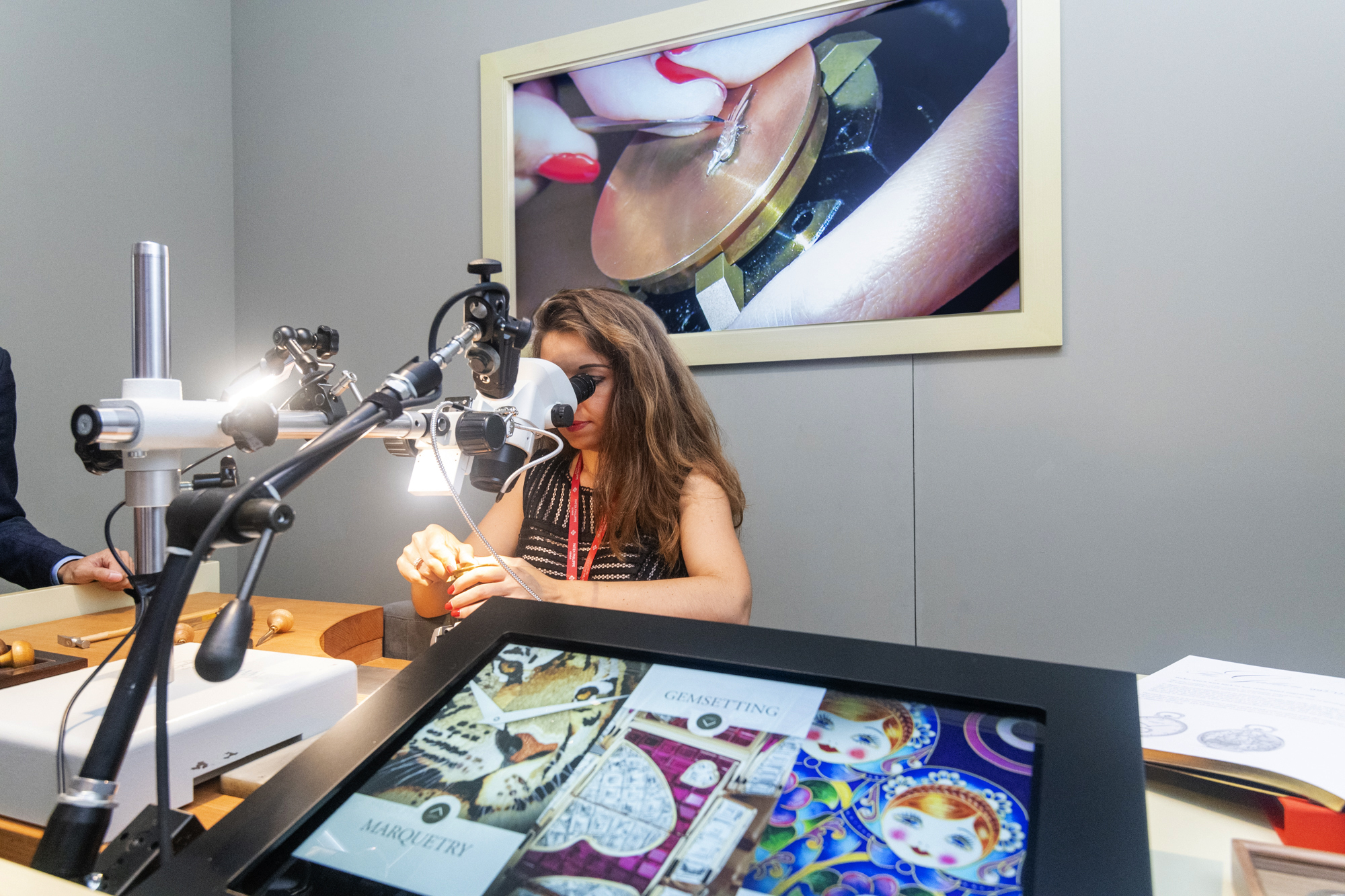 This is probably the most interactive room of the exhibition, in which you can witness demonstrations and try out some of the rare crafts found in Patek Philippe watches, including enamelling, wood marquetry, guilloché and engraving, with some of best artists in the world. Alongside the demonstrations, you can see the final results of their work in the finished watches in the central area of this room.
This is probably the most interactive room of the exhibition, in which you can witness demonstrations and try out some of the rare crafts found in Patek Philippe watches, including enamelling, wood marquetry, guilloché and engraving, with some of best artists in the world. Alongside the demonstrations, you can see the final results of their work in the finished watches in the central area of this room.
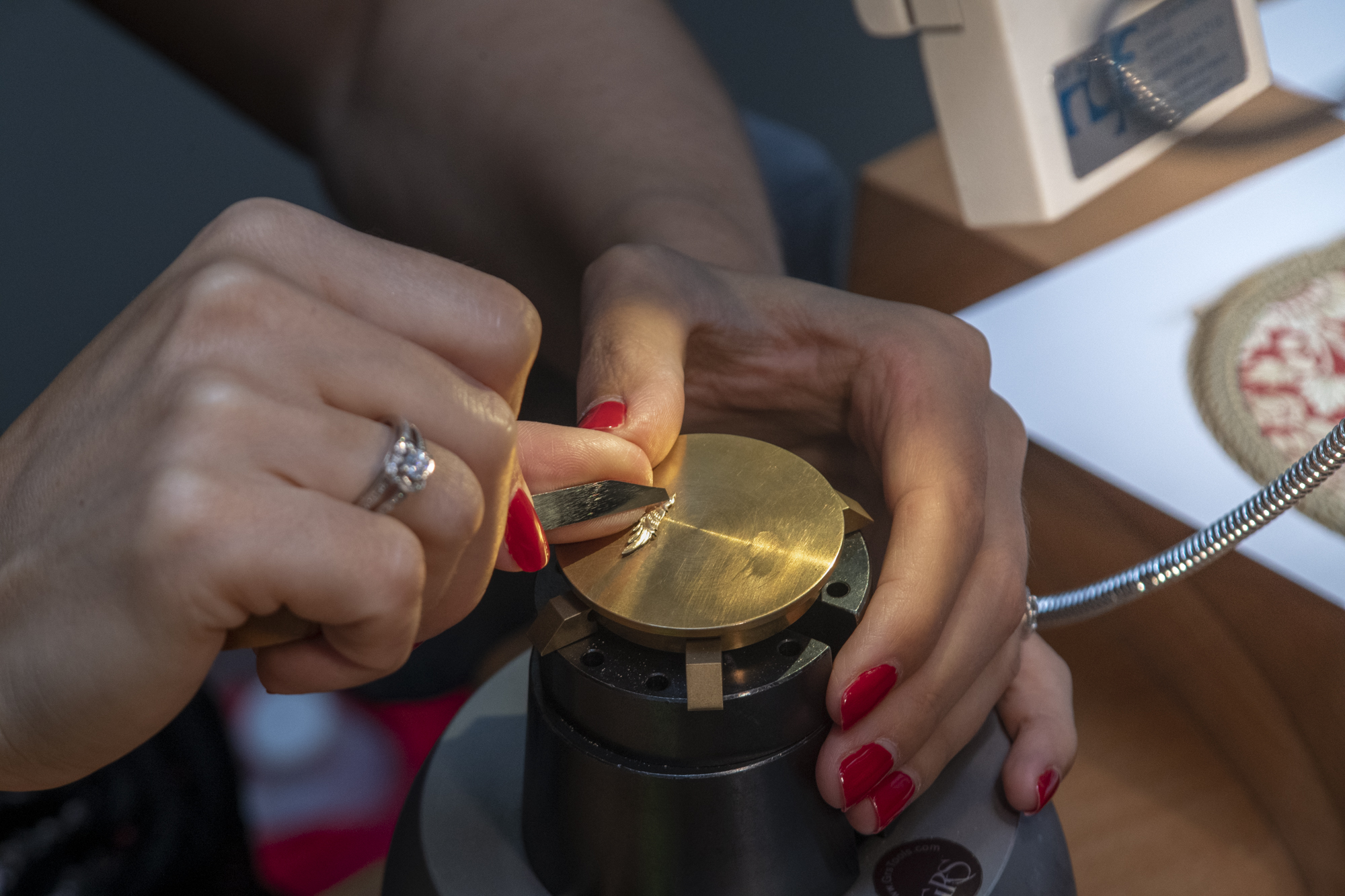
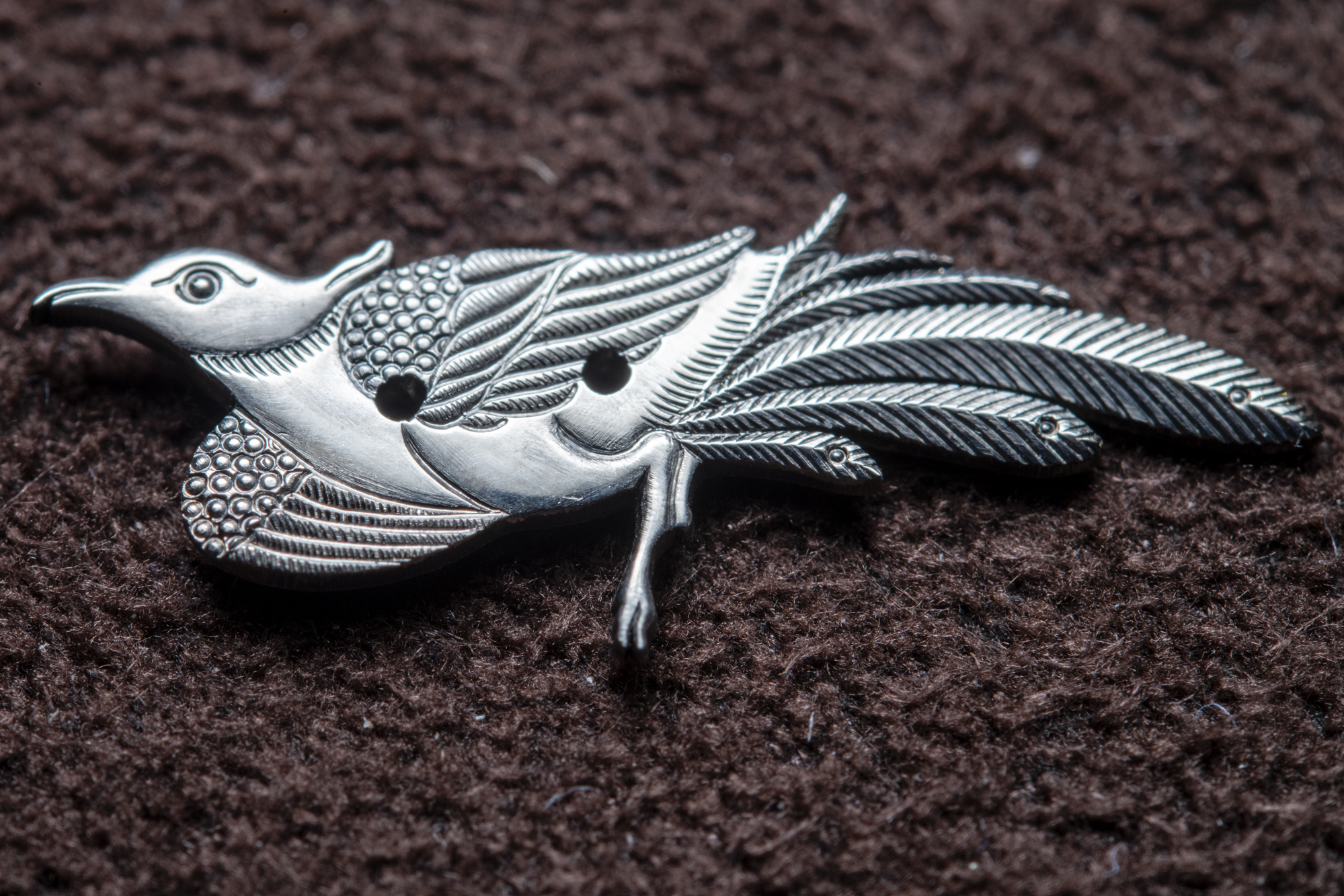
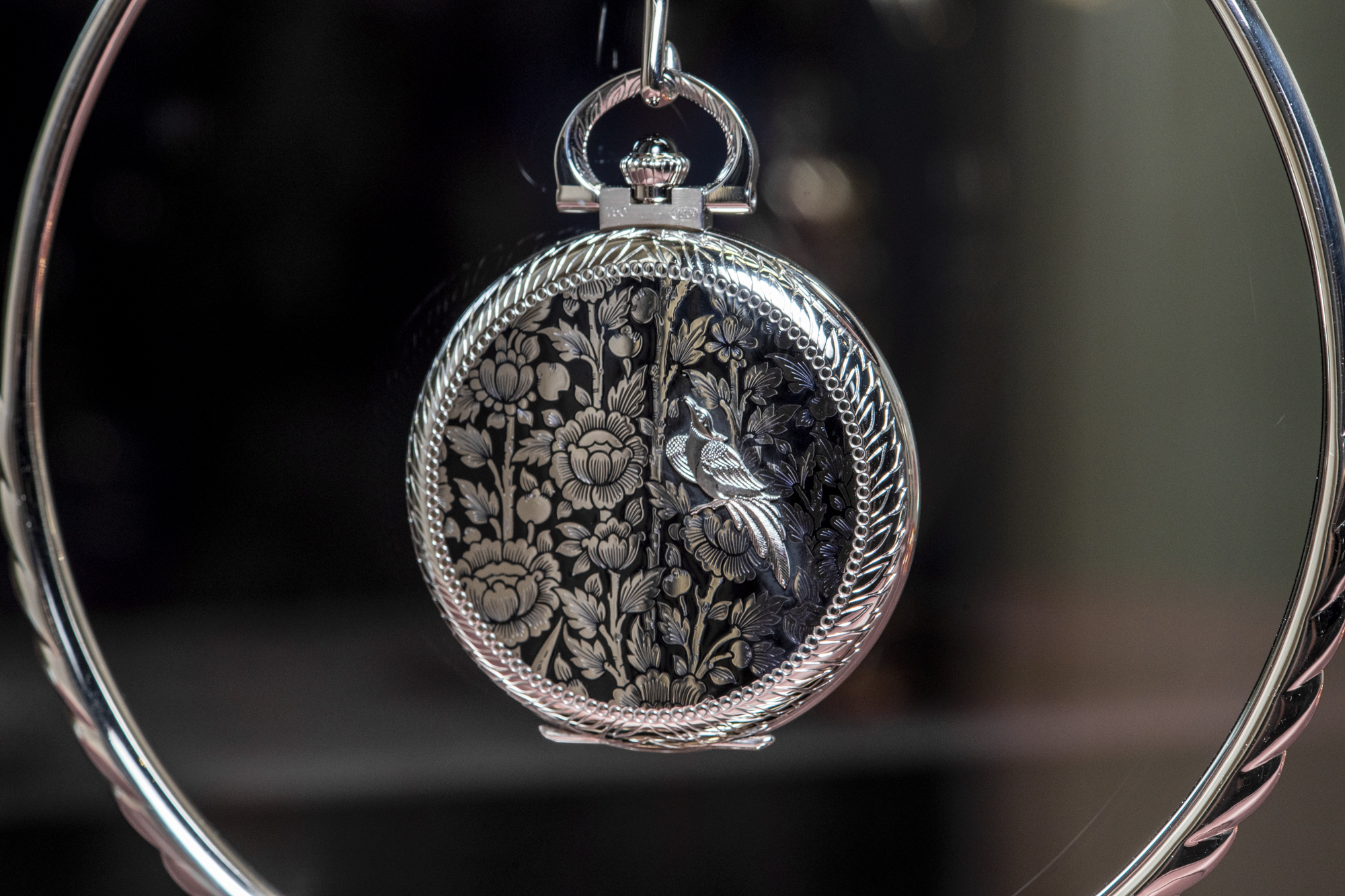
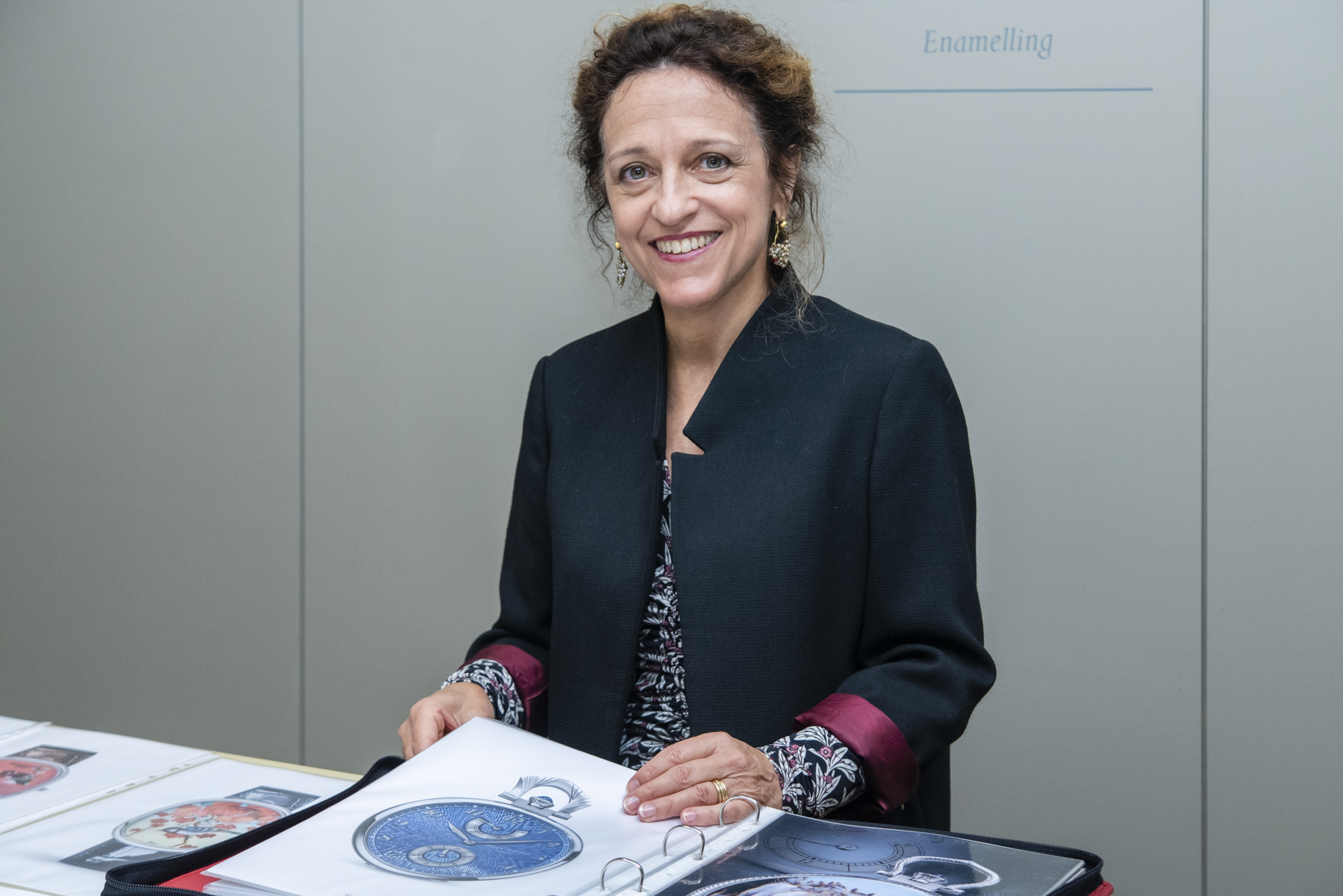
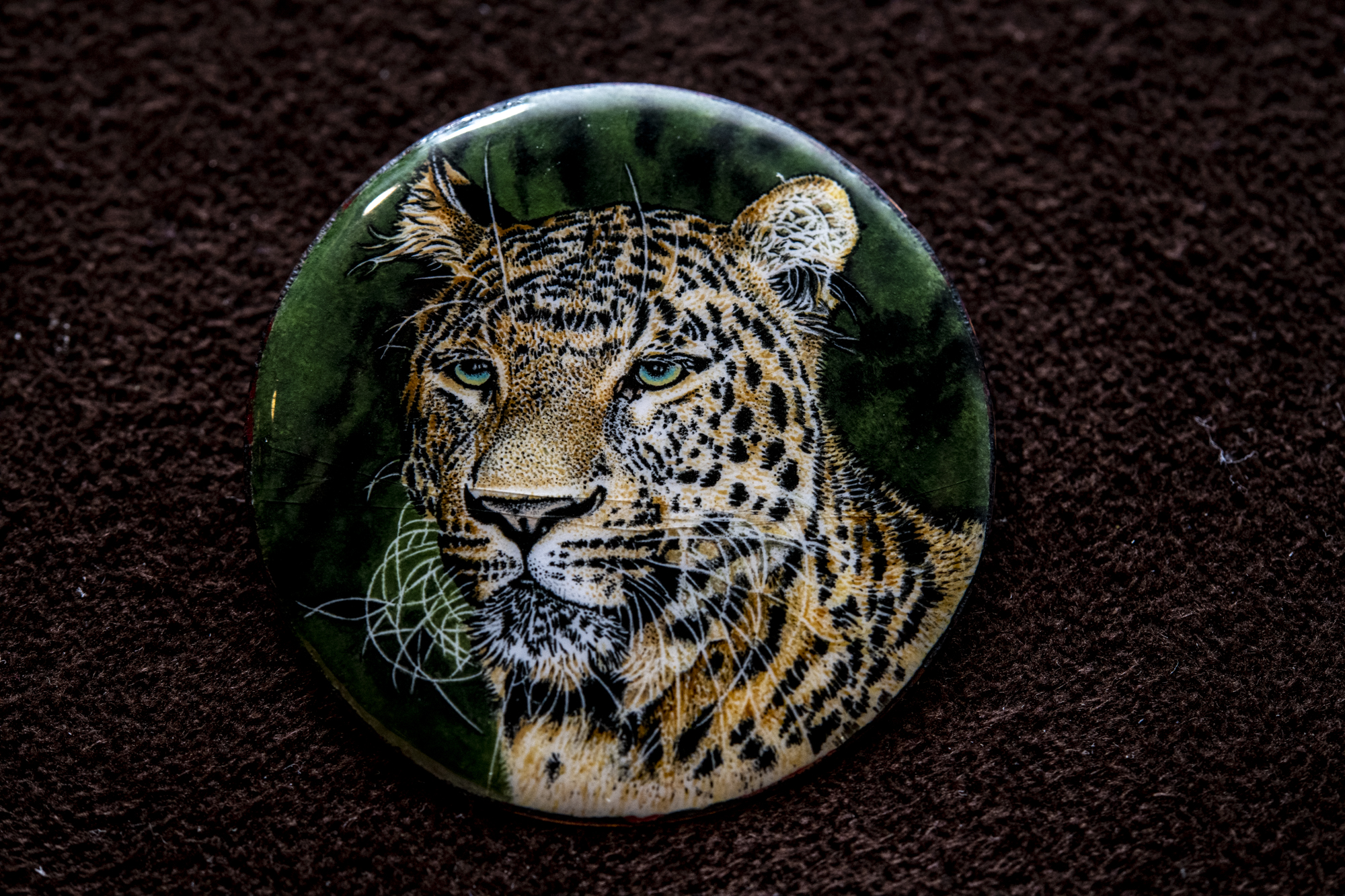
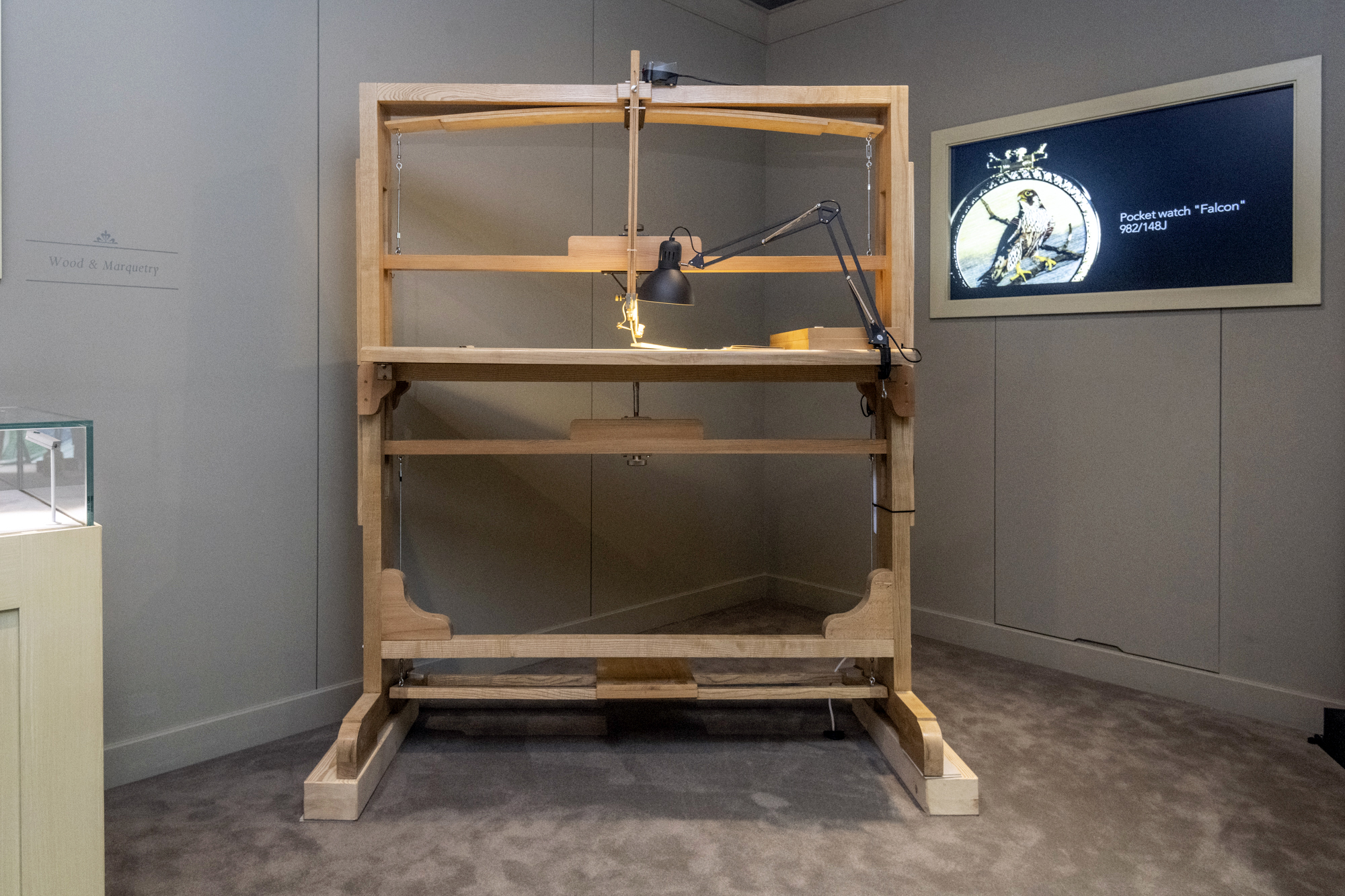
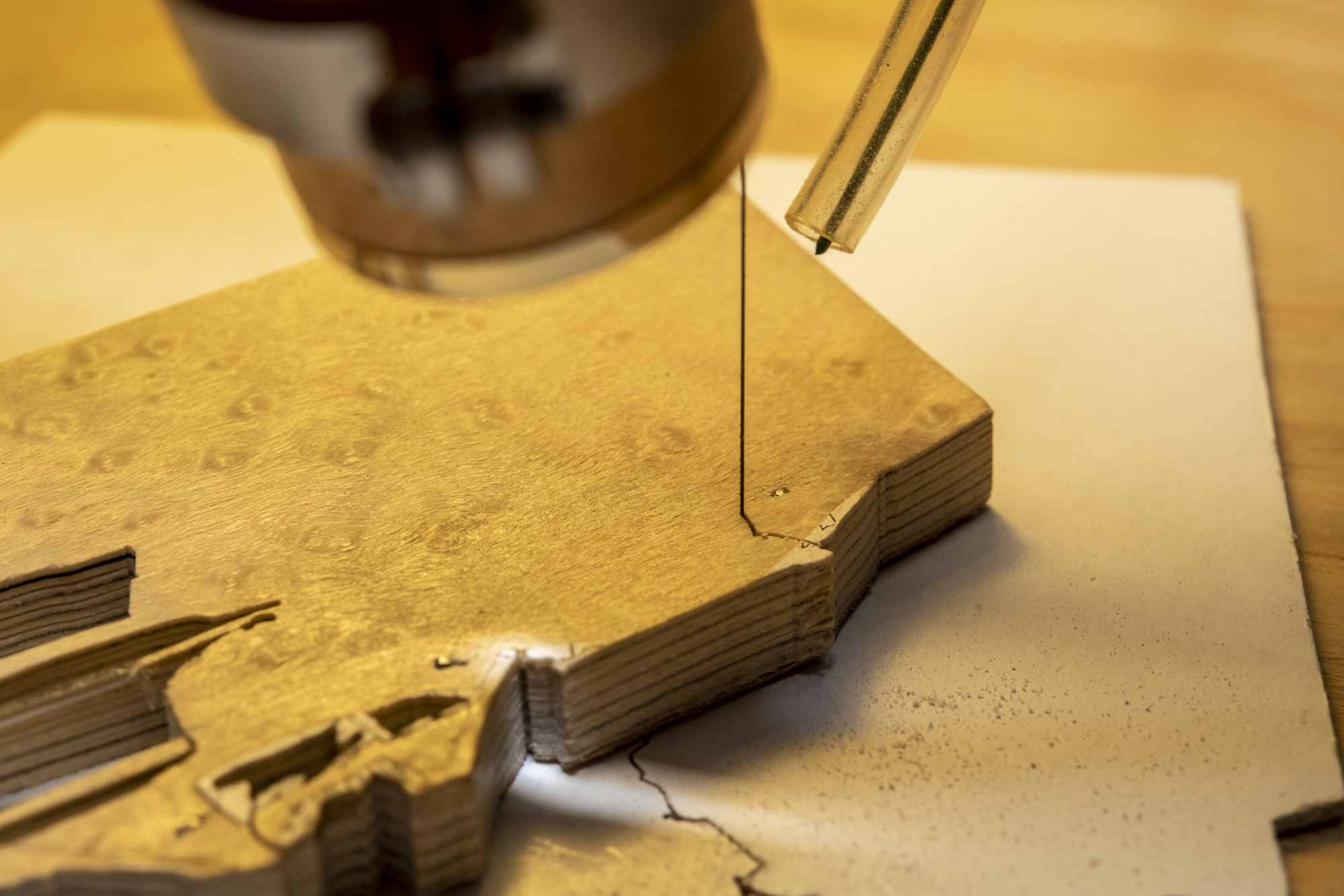
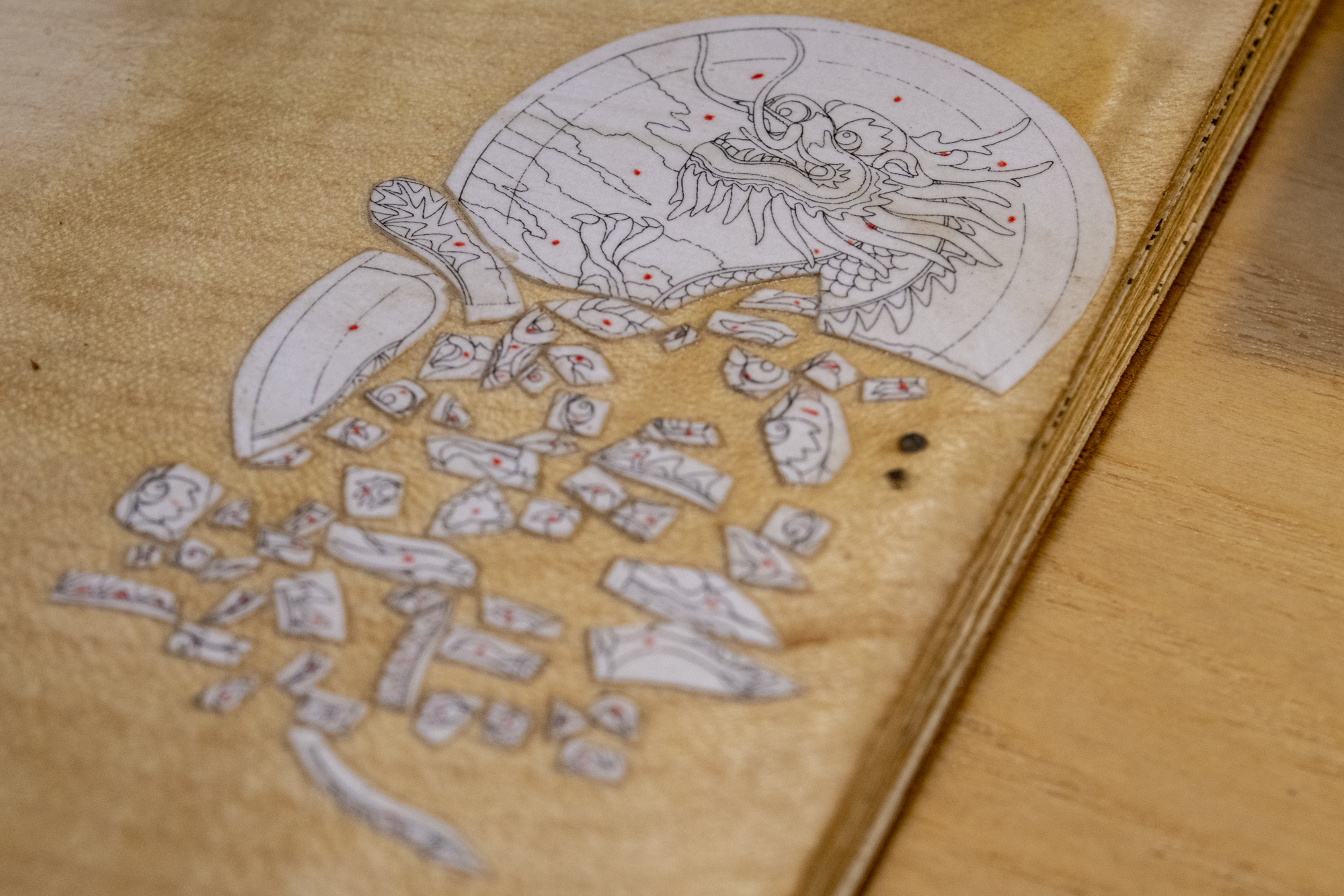
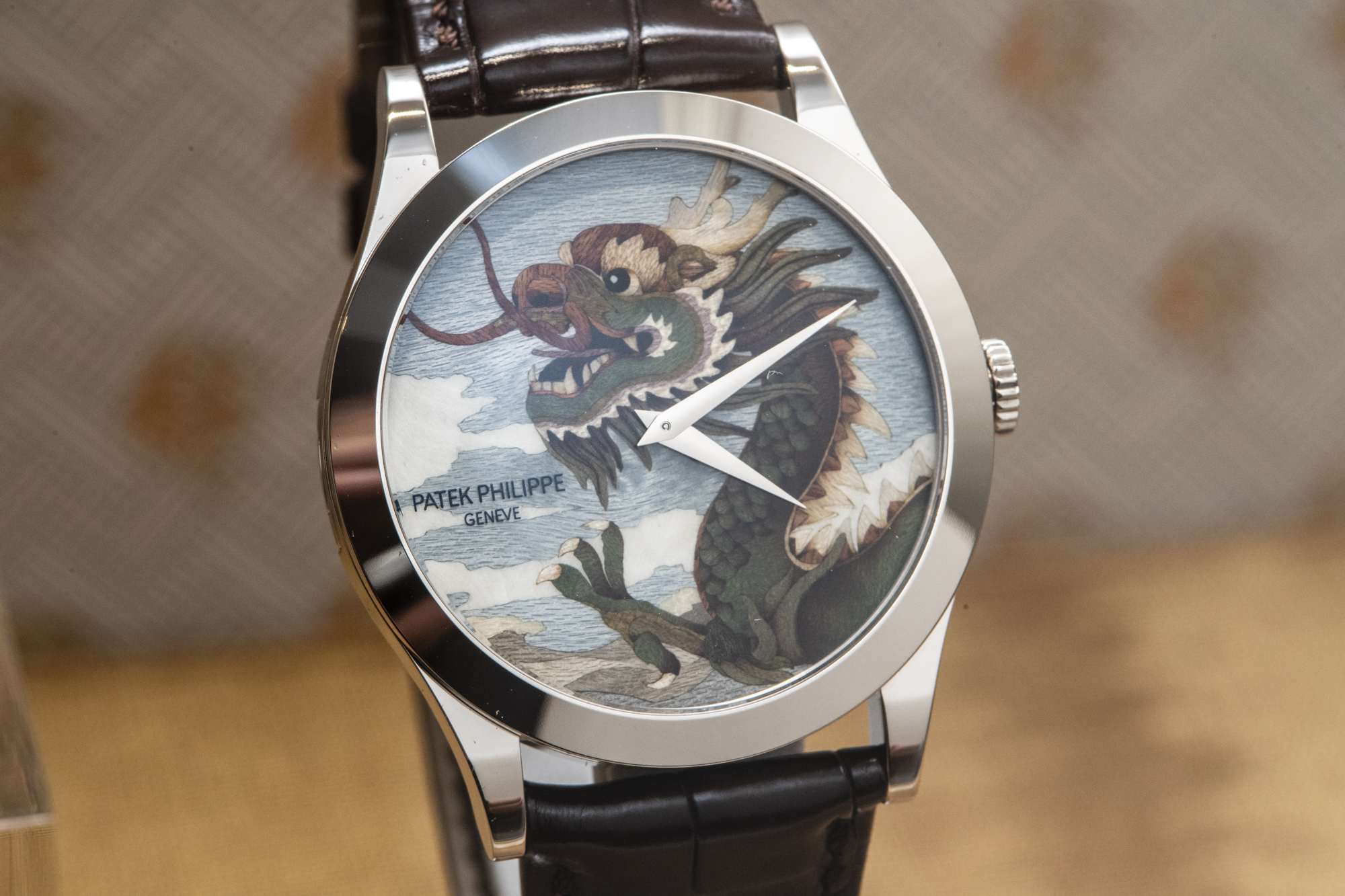
11. Workshops Movie:
Here, enjoy a short movie on the processes that go into making a watch, filmed at the Patek Philippe Manufacture, and get a chance to rest your legs a little before moving on.
12. Movements Room:
 Ever wanted to get up close to the many movements that are in Patek Philippe watches? Well this is the room for you. In that circular structure in the centre of this room, all the important movements from the brand are displayed in little glass containers that you can handle and examine closely.
Ever wanted to get up close to the many movements that are in Patek Philippe watches? Well this is the room for you. In that circular structure in the centre of this room, all the important movements from the brand are displayed in little glass containers that you can handle and examine closely.
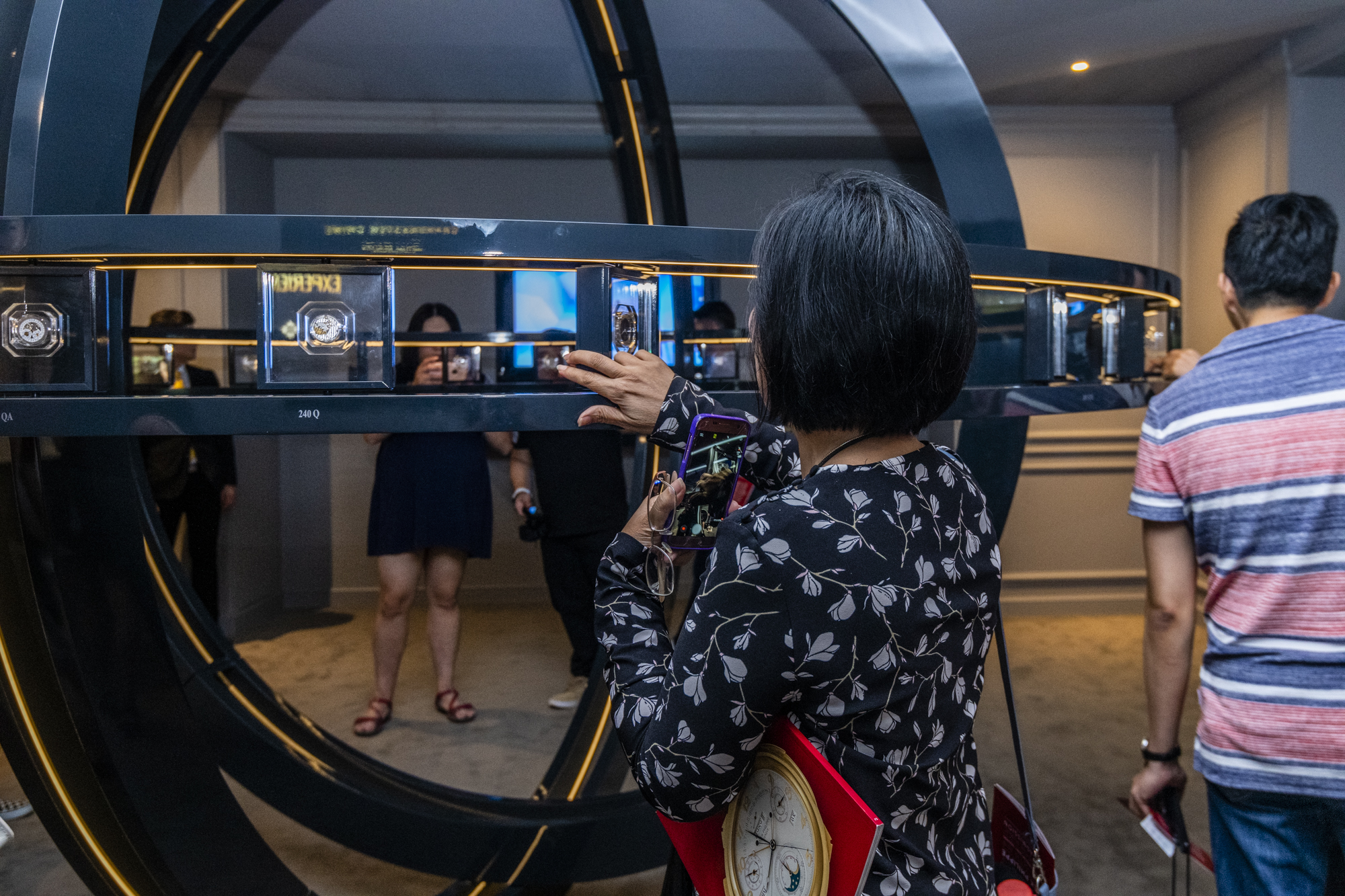

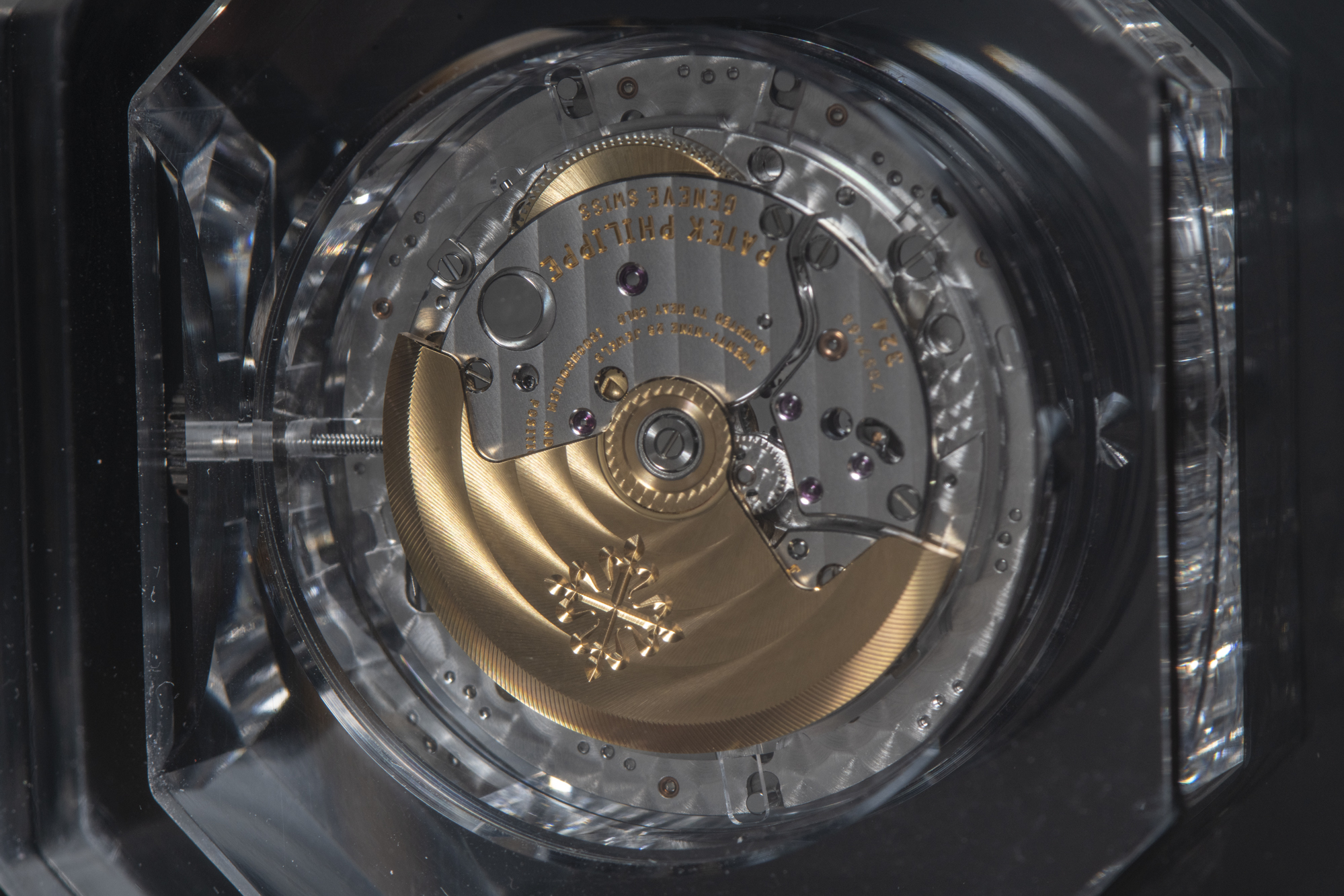
There are also, at the sides of the room, two virtual reality corners in which you can experience what it is like to be in the movement itself. Also, you can play at being a watch maker, by moving the parts in space to assemble them.

13. Engineer: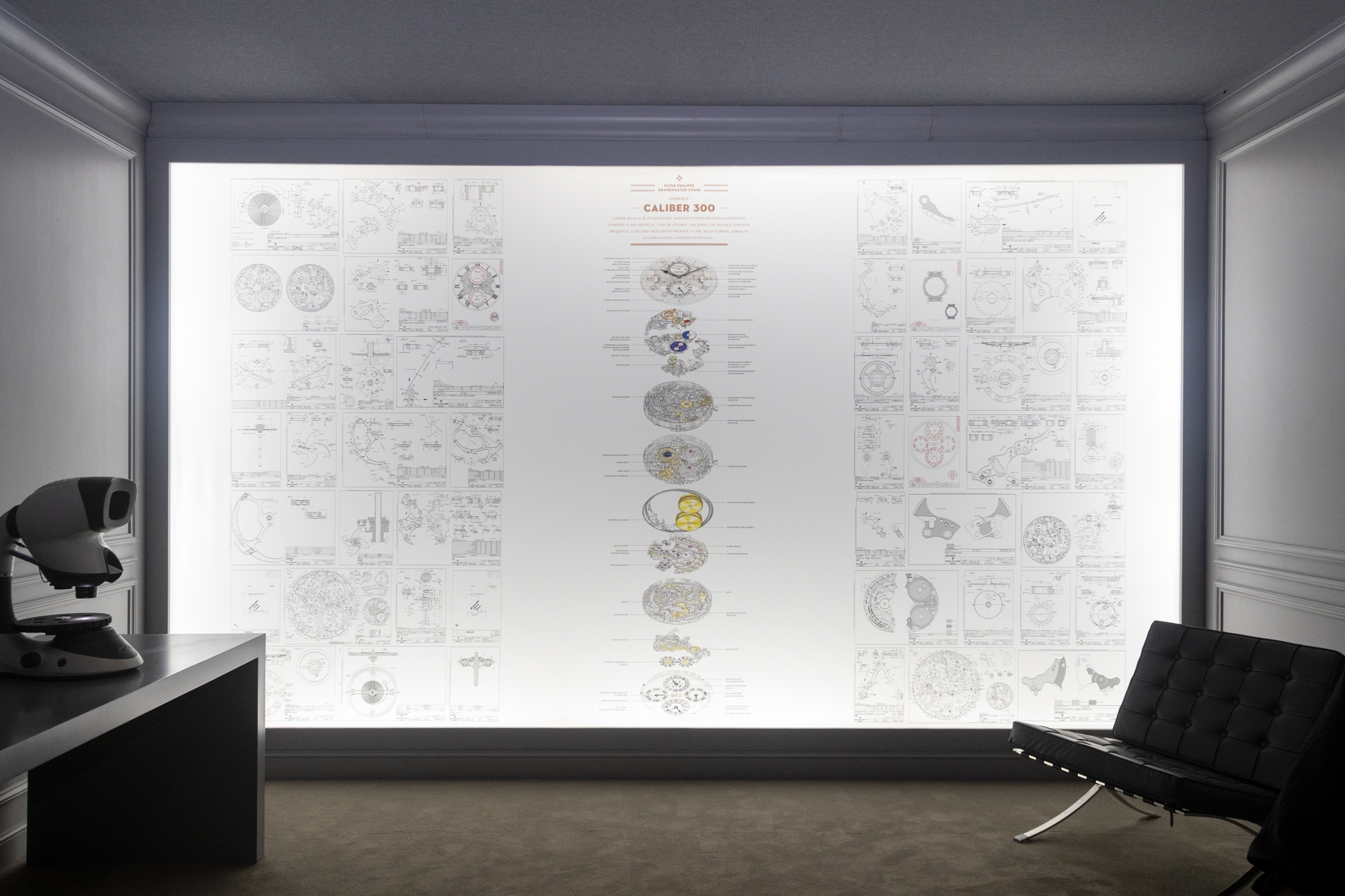 The most impressive part of this room has to be the detailed plans for the Calibre 300. Basically, the walls contain all the information you need to construct the movement. Have a close look as well at the dials of selected Patek Philippe watches under a microscope.
The most impressive part of this room has to be the detailed plans for the Calibre 300. Basically, the walls contain all the information you need to construct the movement. Have a close look as well at the dials of selected Patek Philippe watches under a microscope.
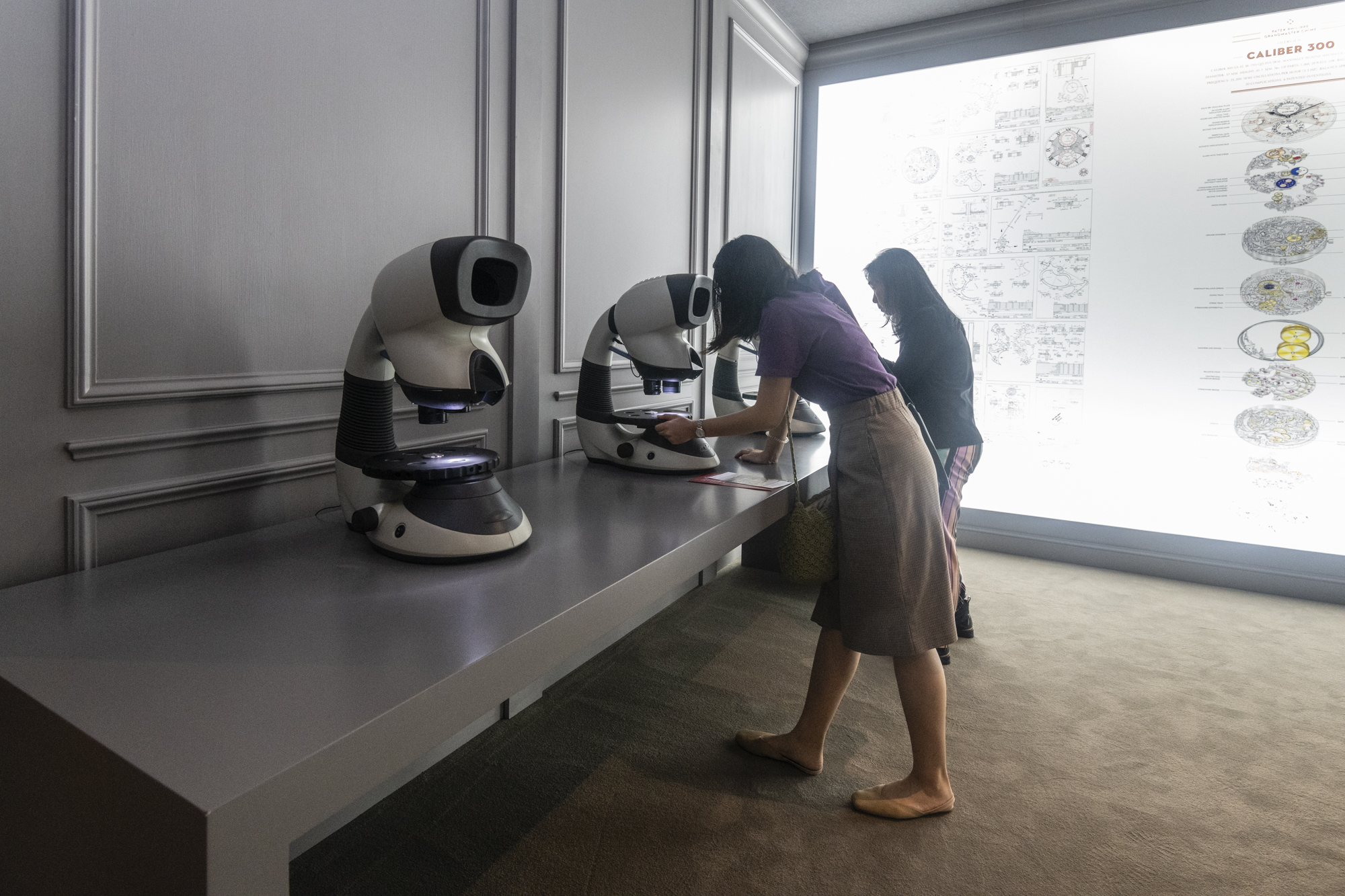
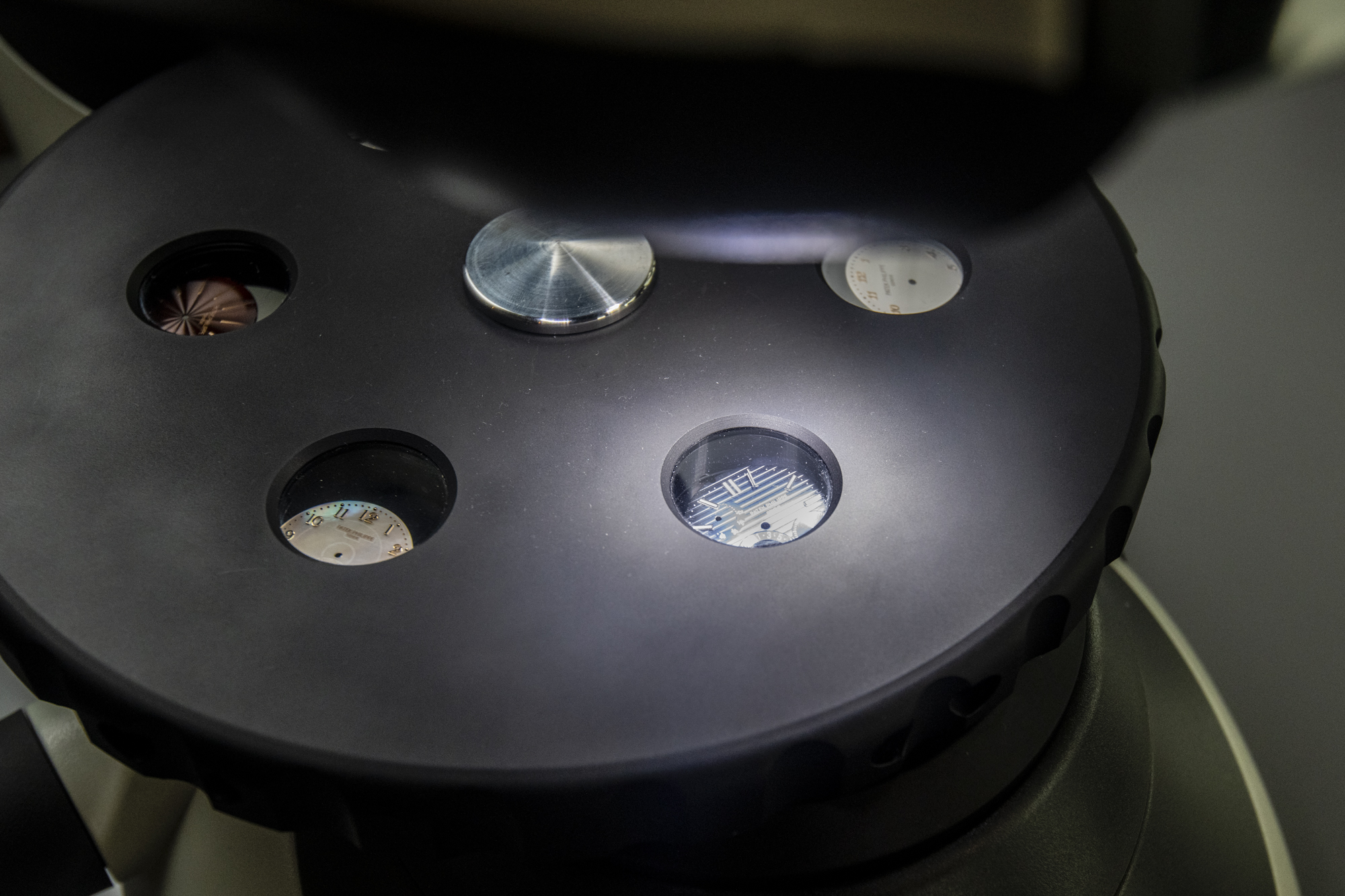
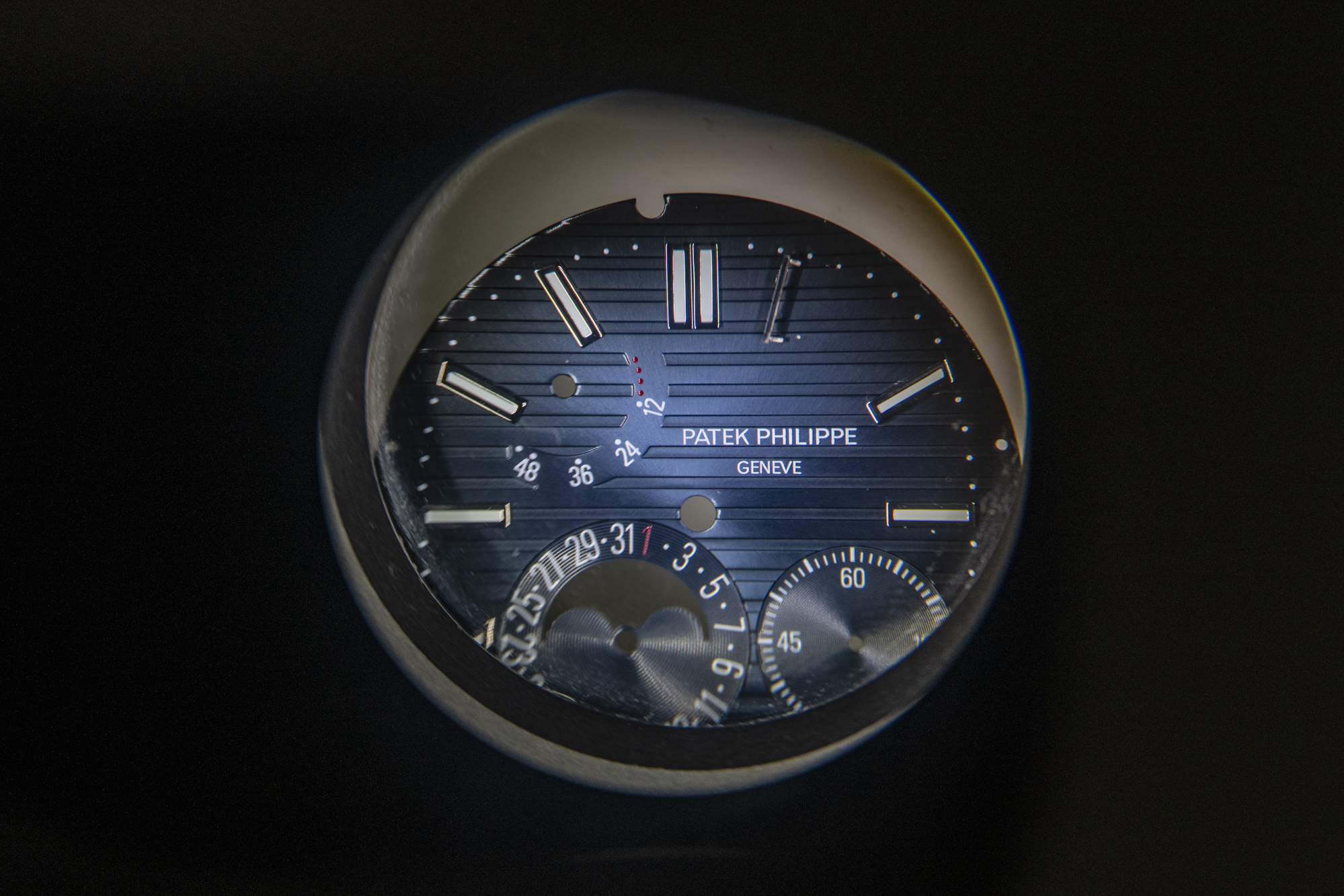
14. Grand Complications:
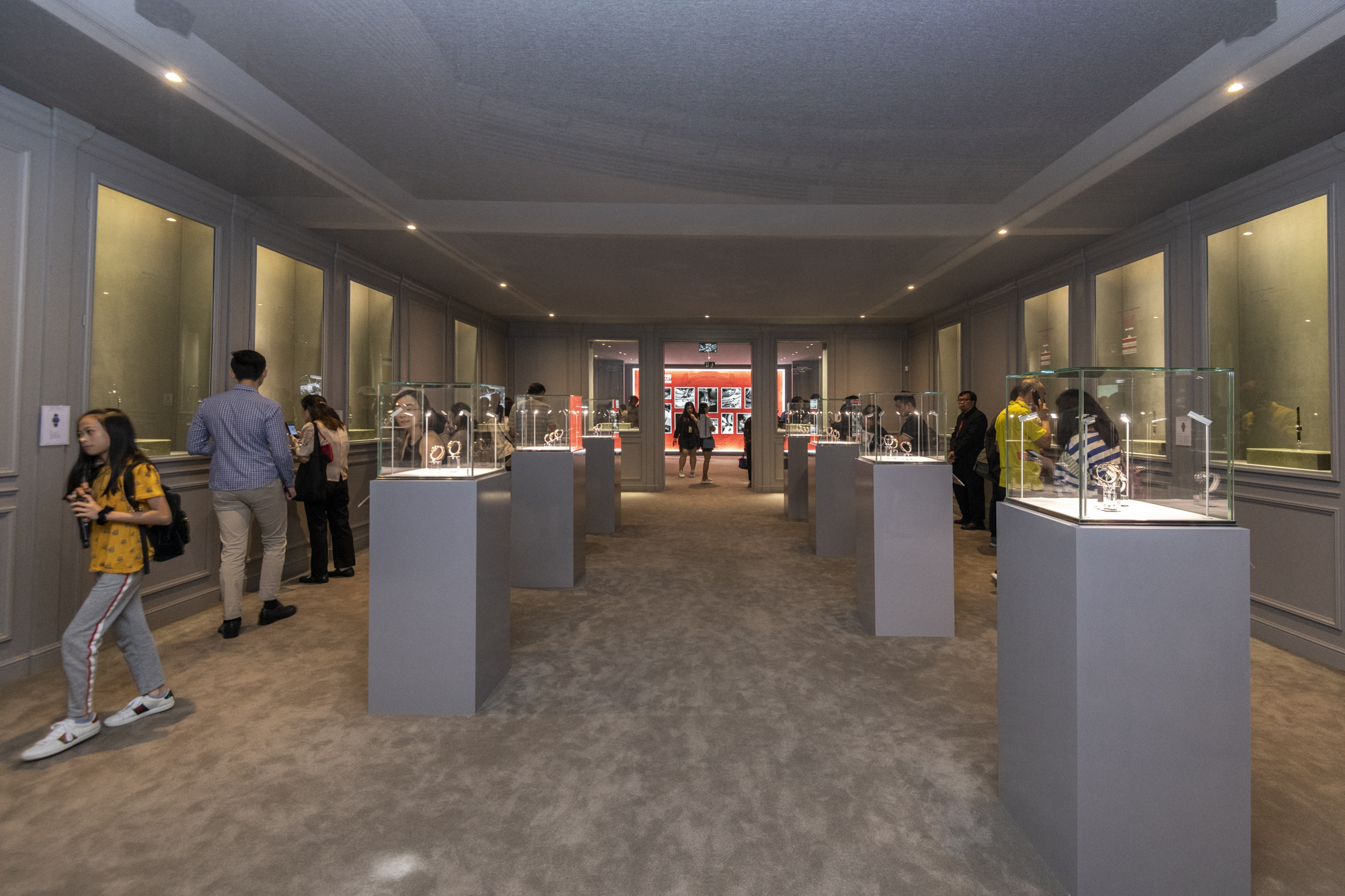 This room is probably the one in which with all the most important complicated watches are displayed. Aside from the usual suspects, one of my personal highlights has to be the inclusion of all the Advanced Research watches in one place, including my favourite, the Aquanaut Travel Time 5650G Advanced Research, with its unique compliant mechanism. Here as well are the two remaining Singapore 2019 Special Edition watches, the Ref: 5303 Minute Repeater Tourbillon and the Ref:5531 World Time Minute Repeater depicting a map of Singapore.
This room is probably the one in which with all the most important complicated watches are displayed. Aside from the usual suspects, one of my personal highlights has to be the inclusion of all the Advanced Research watches in one place, including my favourite, the Aquanaut Travel Time 5650G Advanced Research, with its unique compliant mechanism. Here as well are the two remaining Singapore 2019 Special Edition watches, the Ref: 5303 Minute Repeater Tourbillon and the Ref:5531 World Time Minute Repeater depicting a map of Singapore.
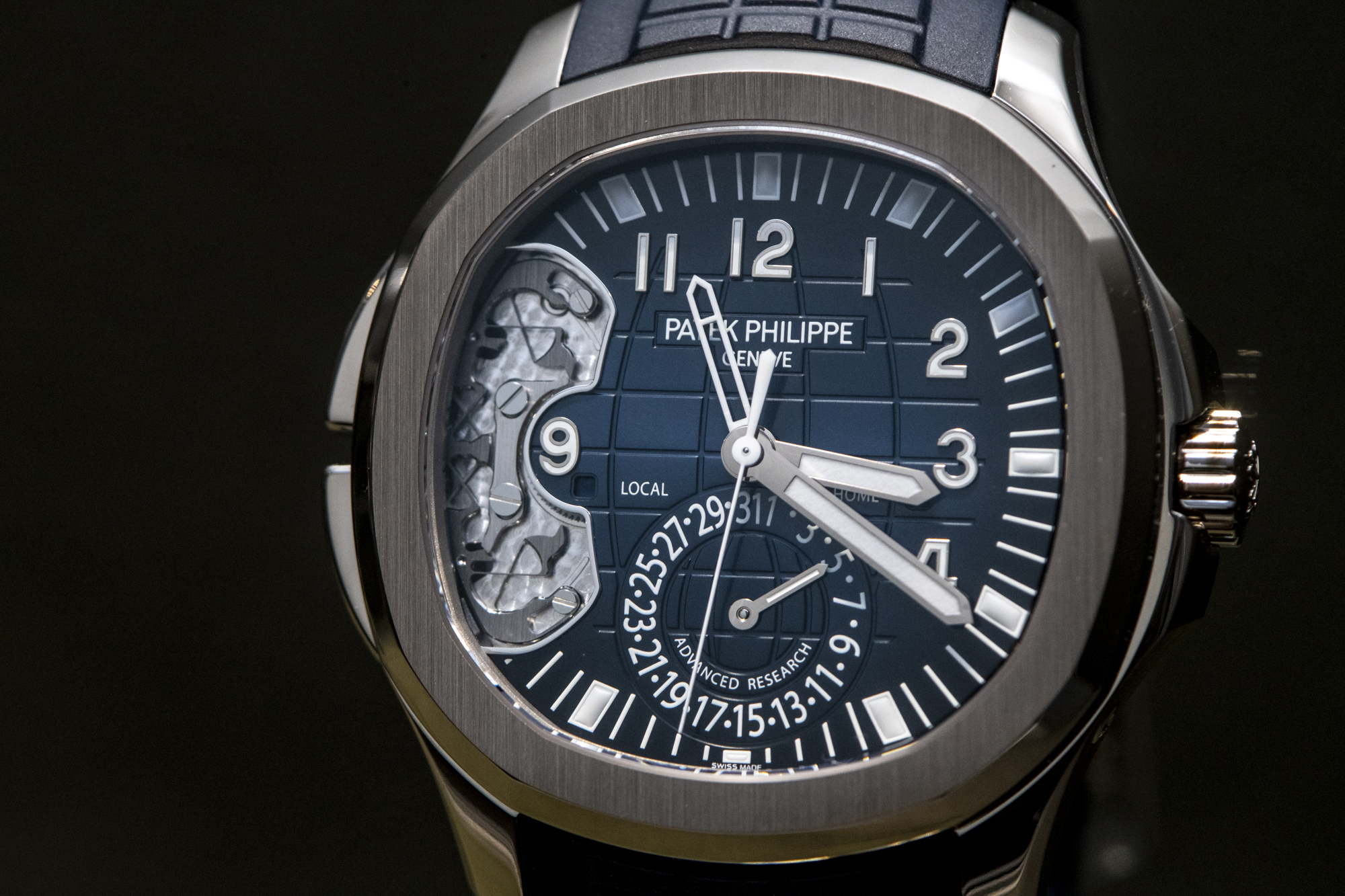

15. Watchmakers:
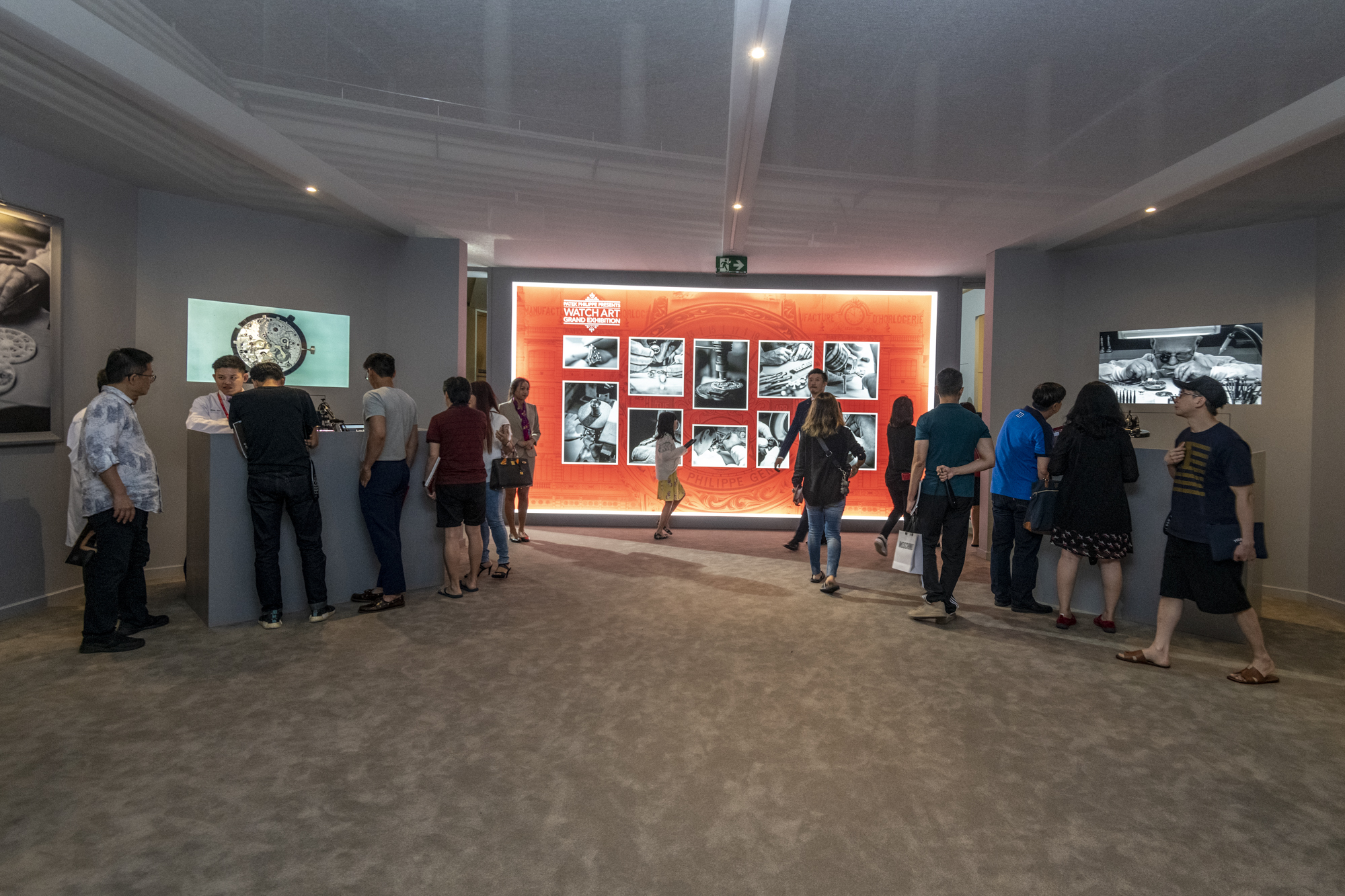
Like the Rare Handcrafts room, the Watchmaker’s room allows you to get up close to the movements assembled and disassembled, and to have master watchmakers show and explain them. There are dedicated work benches showcasing movements with the signature complications of Patek Philippe – the perpetual calendar, the annual calendar and the minute repeater. The final work bench also showcases their simpler, time only manual winding Calibre 215 and automatic Calibre 324.
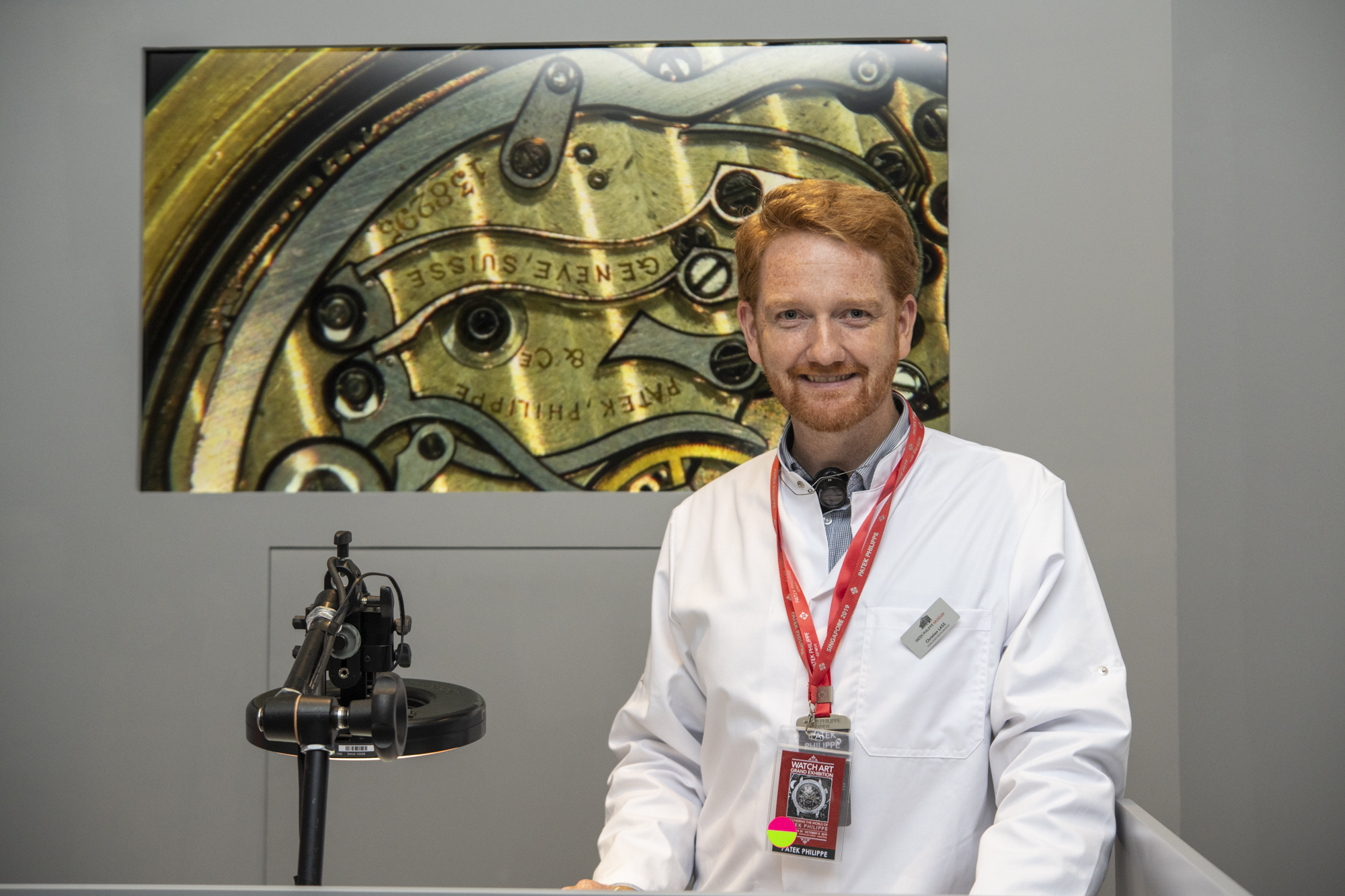
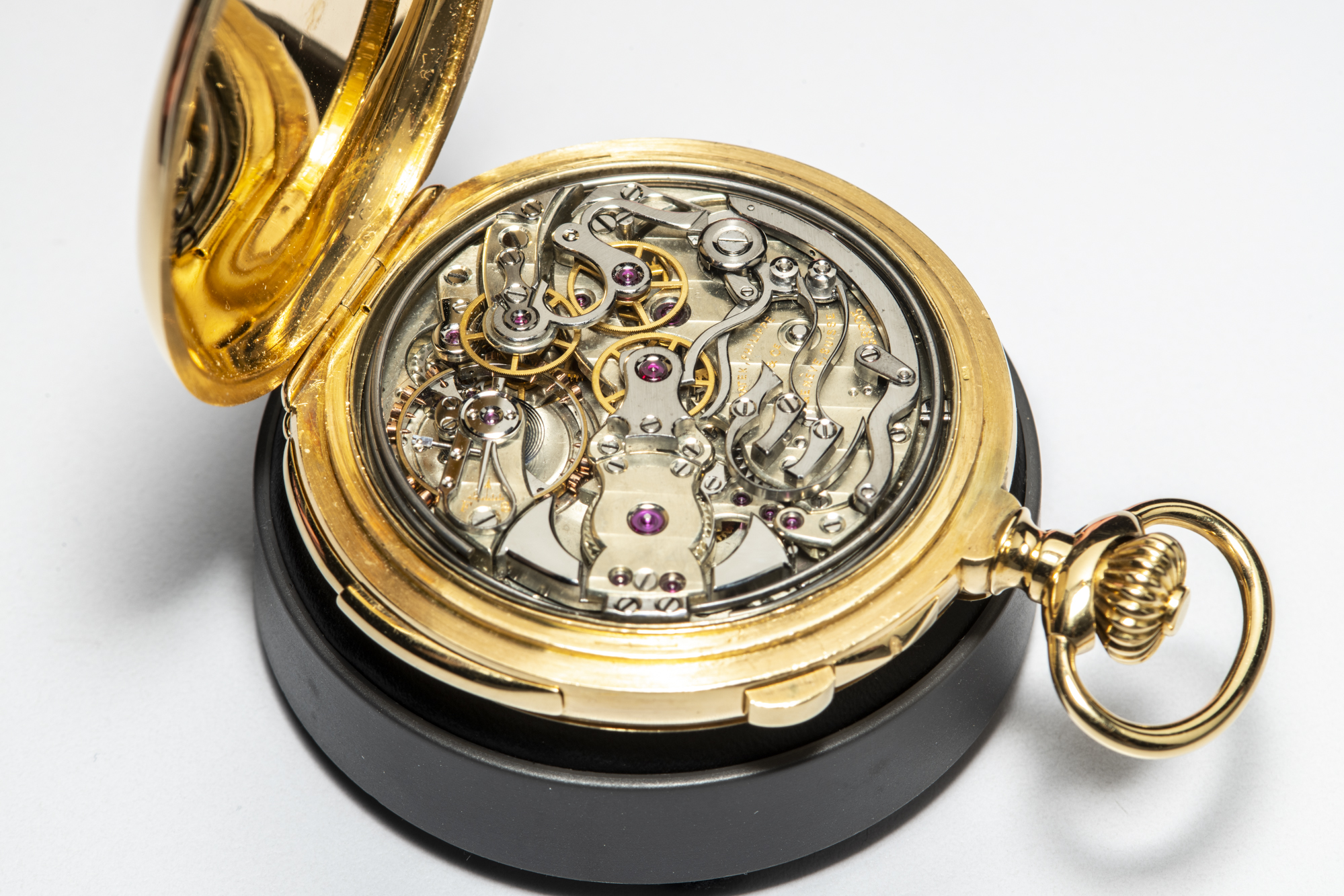
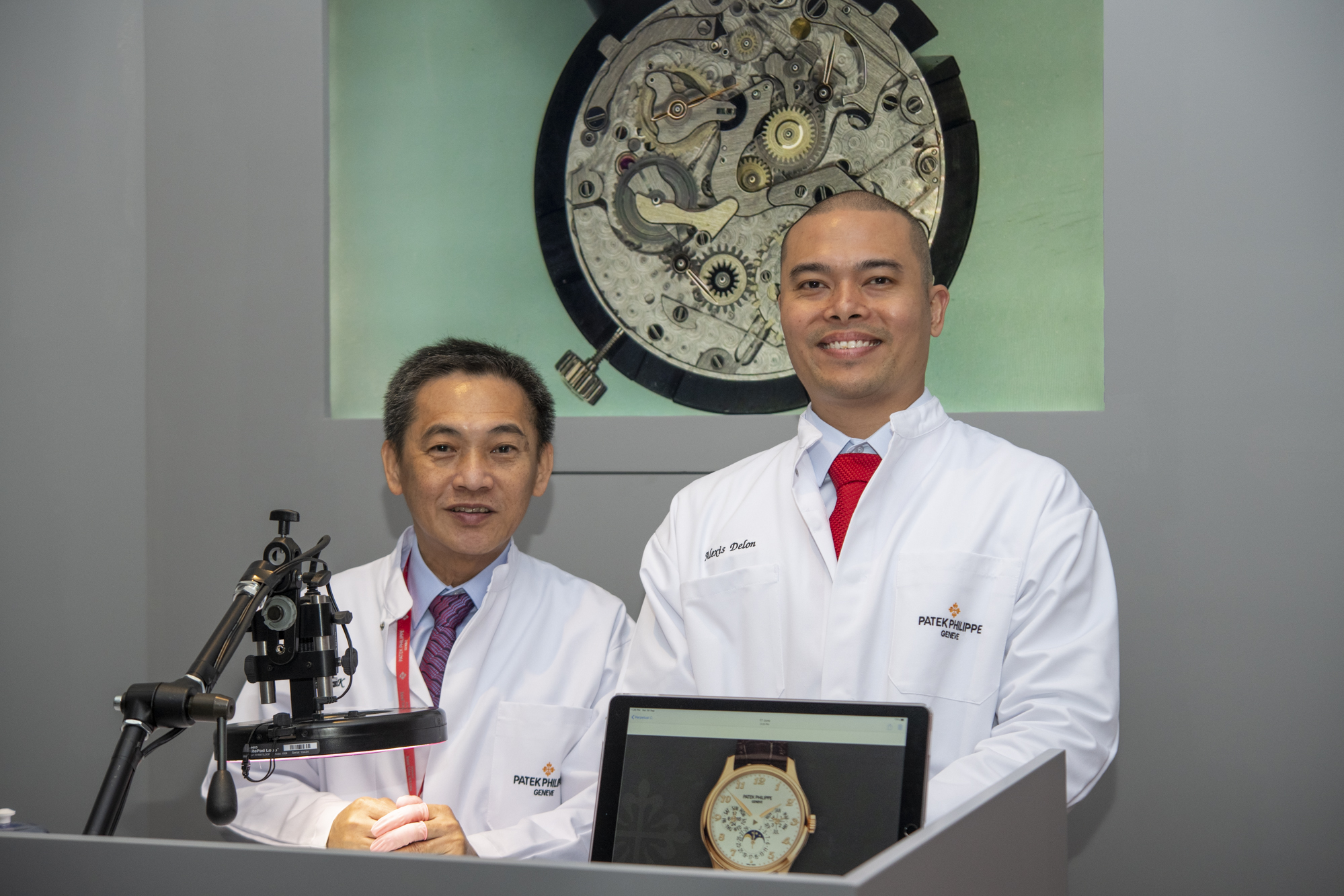
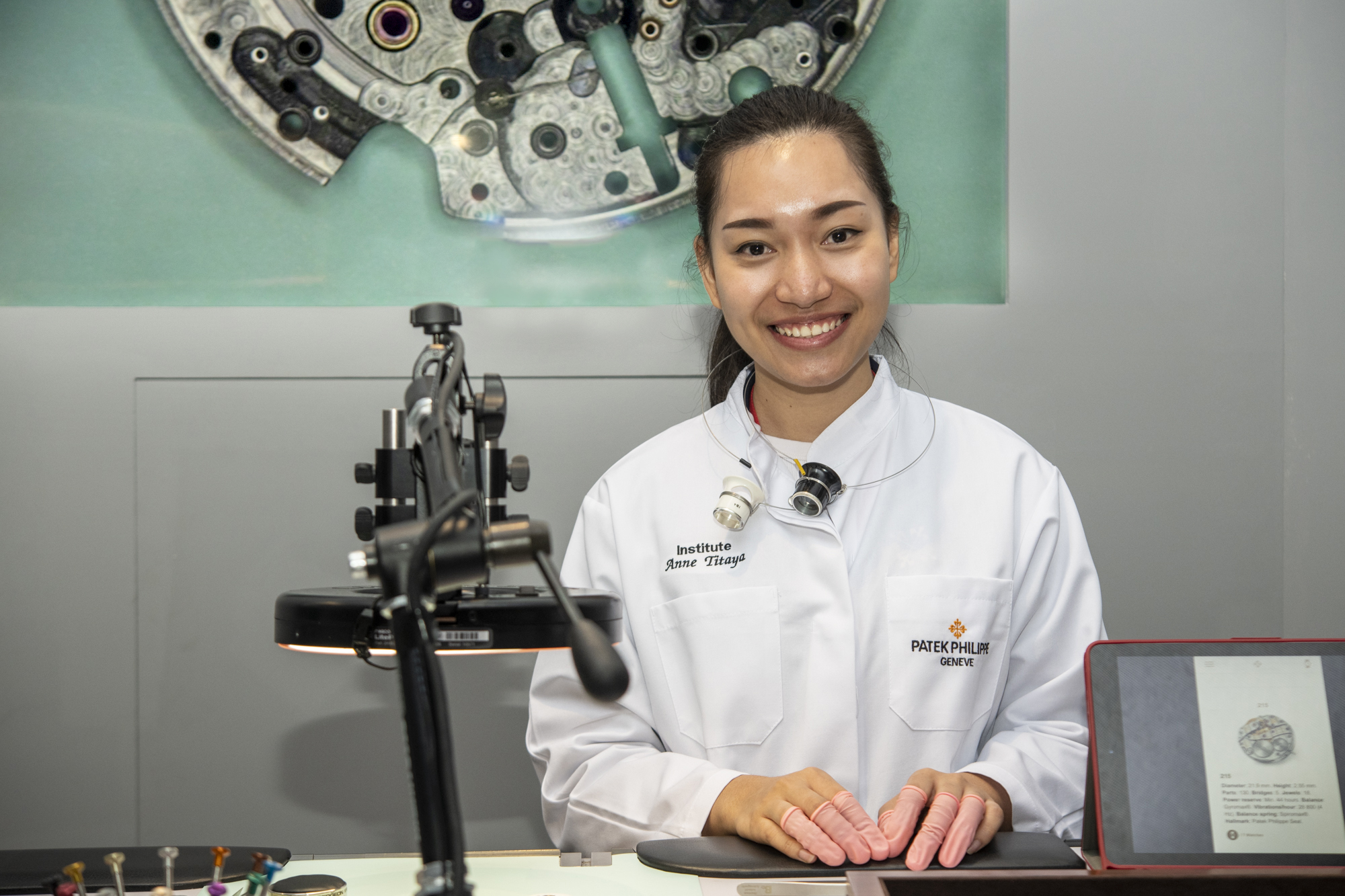
16. Exit
Self-explanatory.
17. Cafe
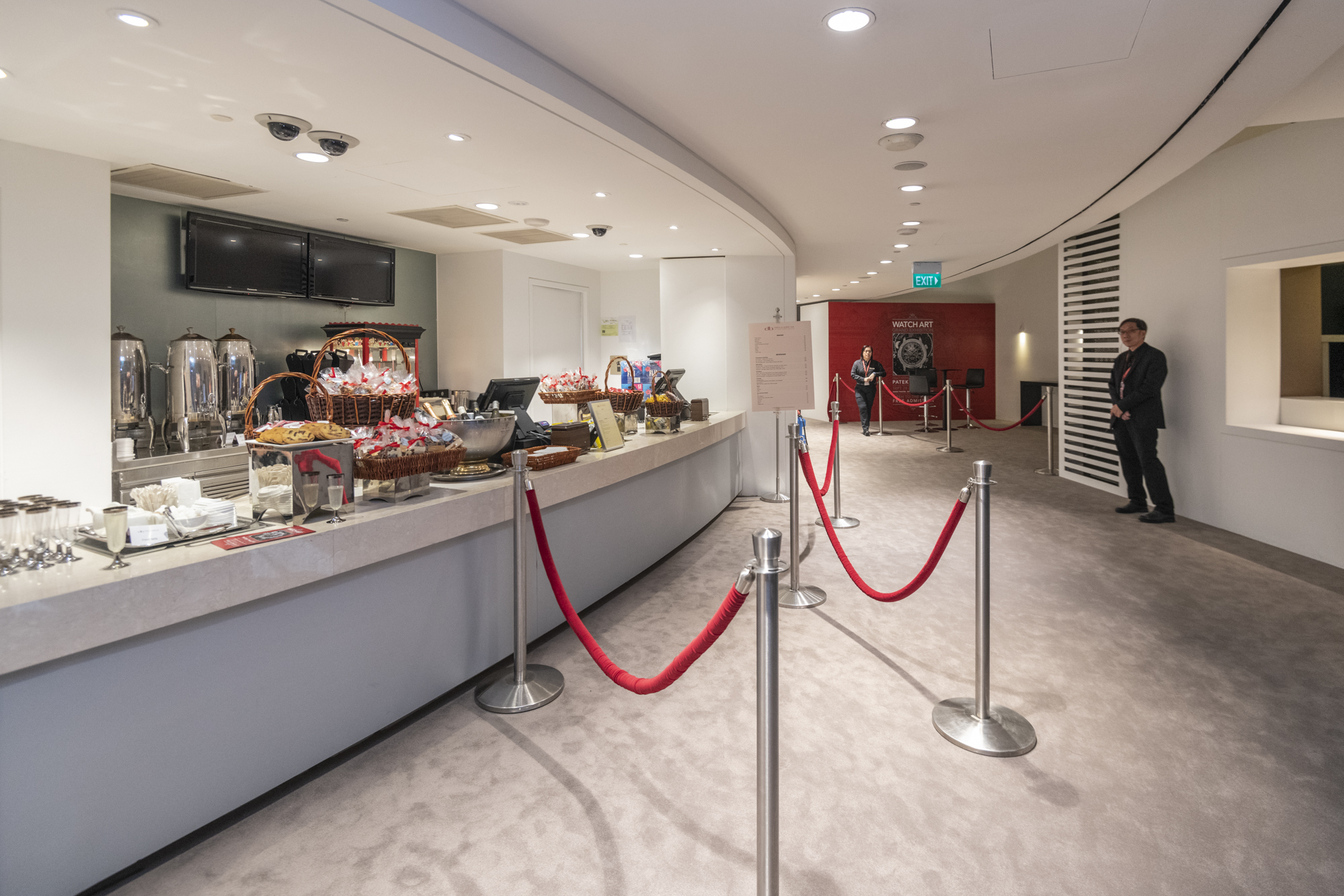 Have a drink and some snacks here when you’re done.
Have a drink and some snacks here when you’re done.
18. Bookstore
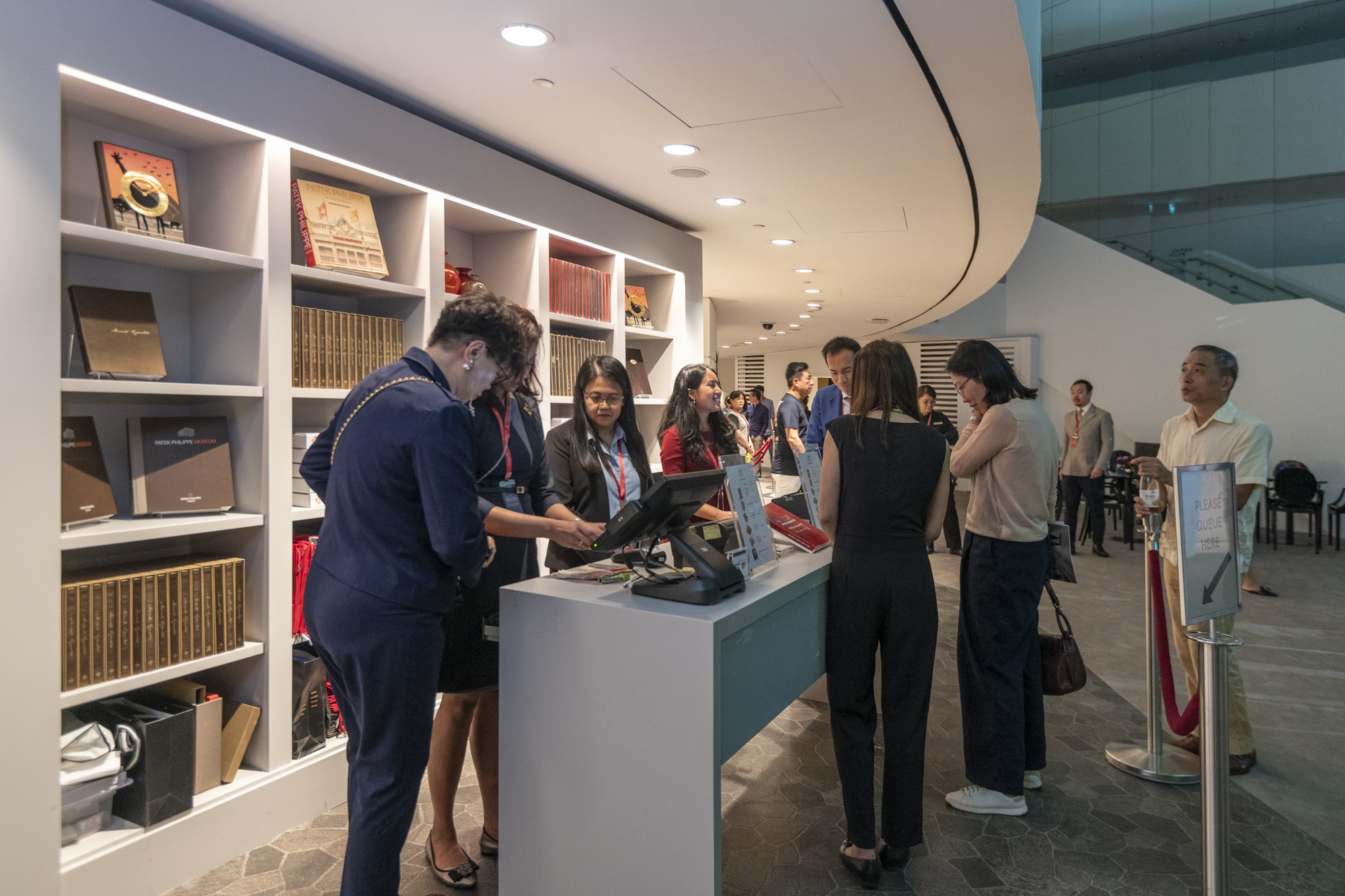 And buy a book to commemorate your experience at the Bookstore near the entrance. Quite a few different ones are available, including “The Authorised Biography of Patek Philippe” by Nicholas Foulkes, or even the commemorative catalog of the exhibition you’ve just attended. Priced at SGD$30, the proceeds of the book go toward the National Museum of Singapore, an institution of the National Heritage Board.
And buy a book to commemorate your experience at the Bookstore near the entrance. Quite a few different ones are available, including “The Authorised Biography of Patek Philippe” by Nicholas Foulkes, or even the commemorative catalog of the exhibition you’ve just attended. Priced at SGD$30, the proceeds of the book go toward the National Museum of Singapore, an institution of the National Heritage Board.

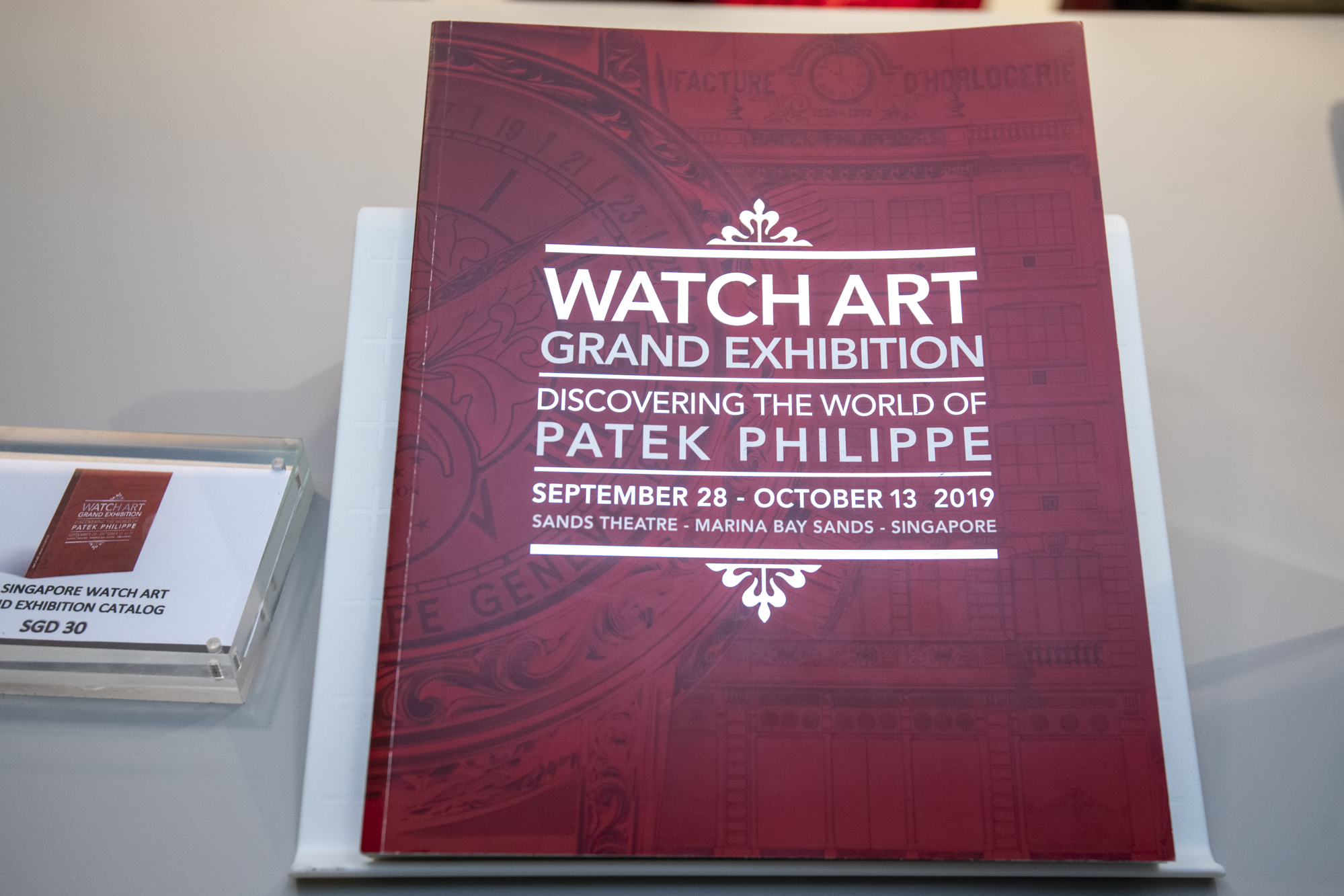
19. Singapore Historic Room:
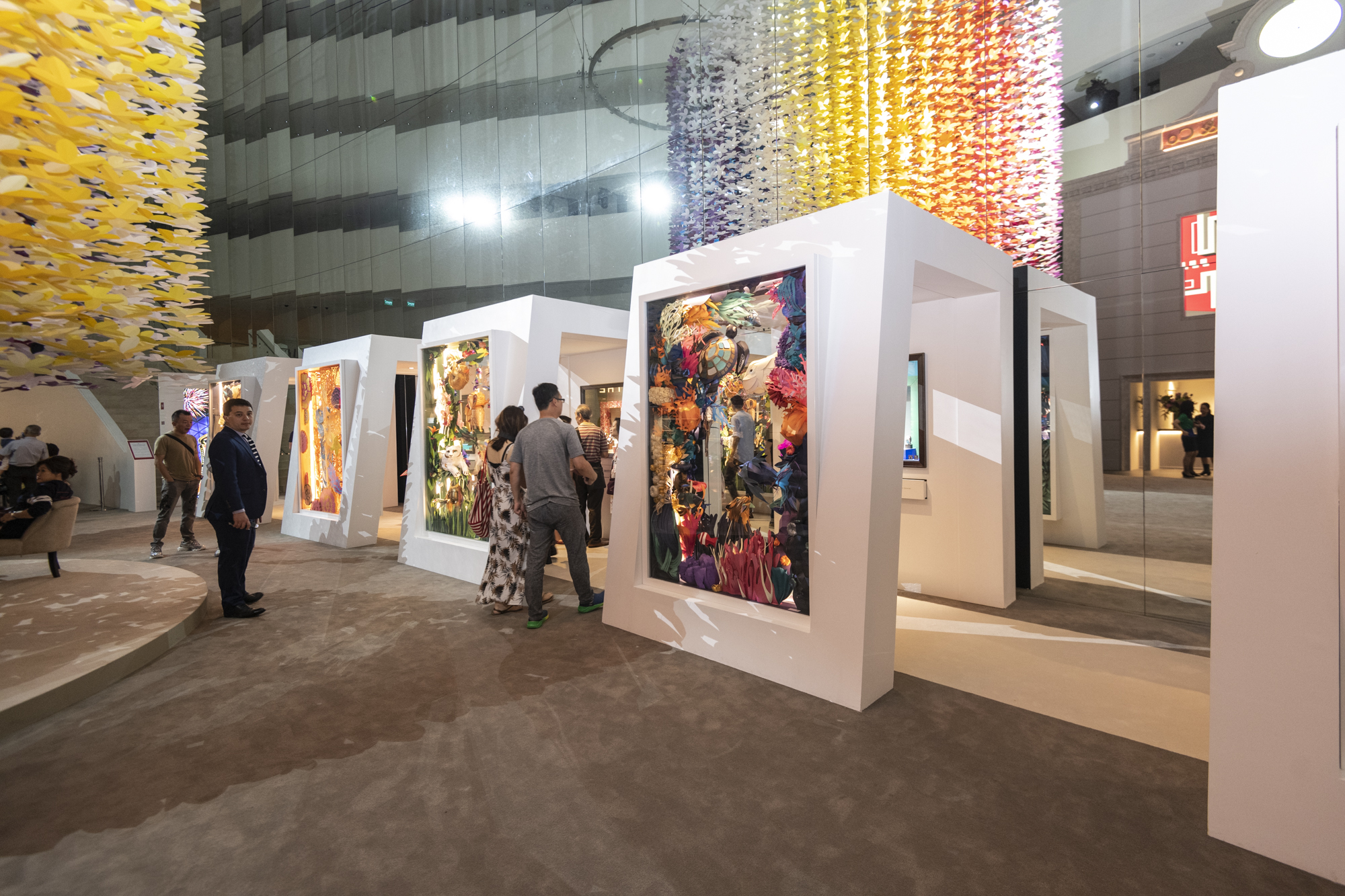
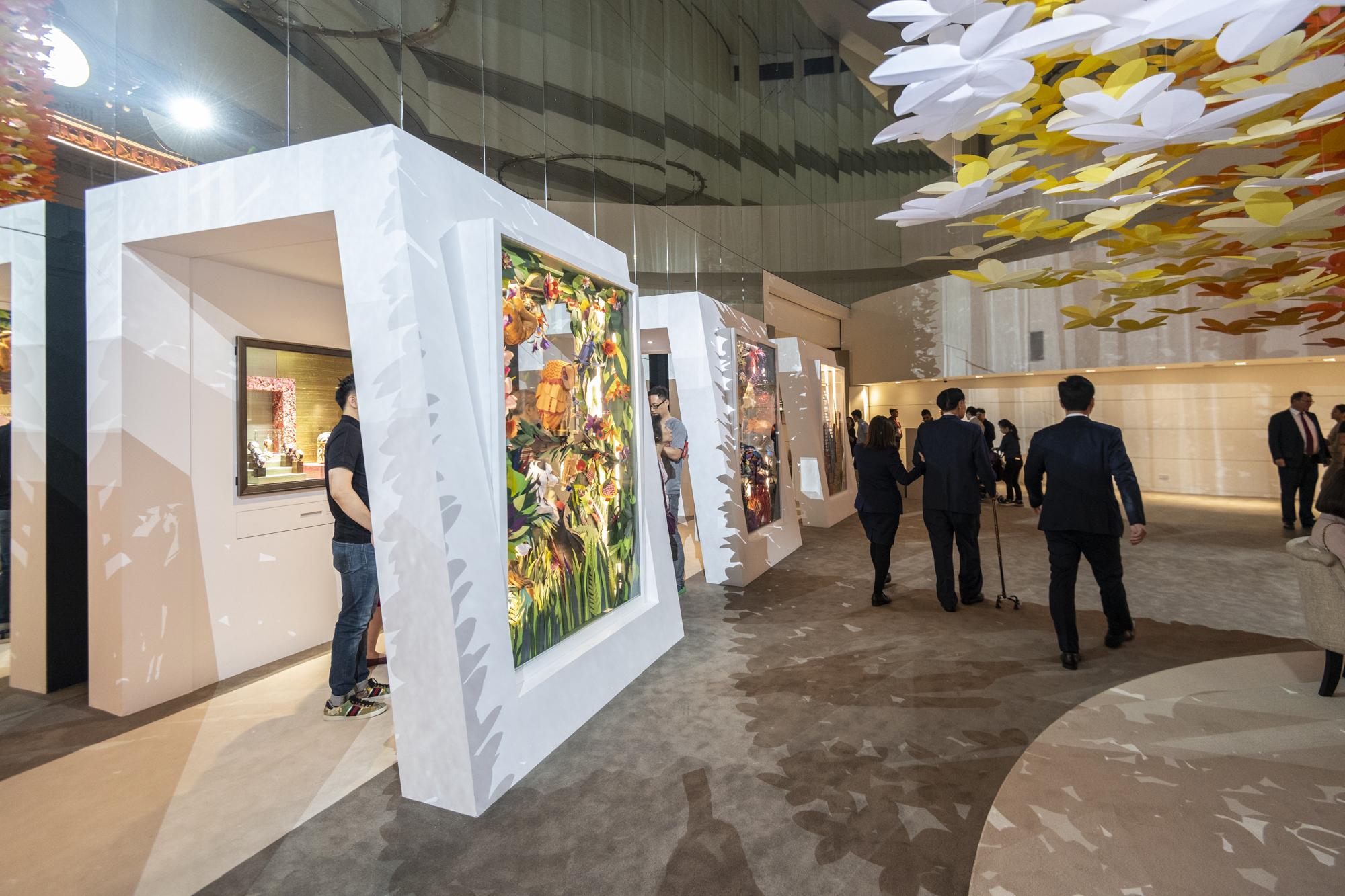
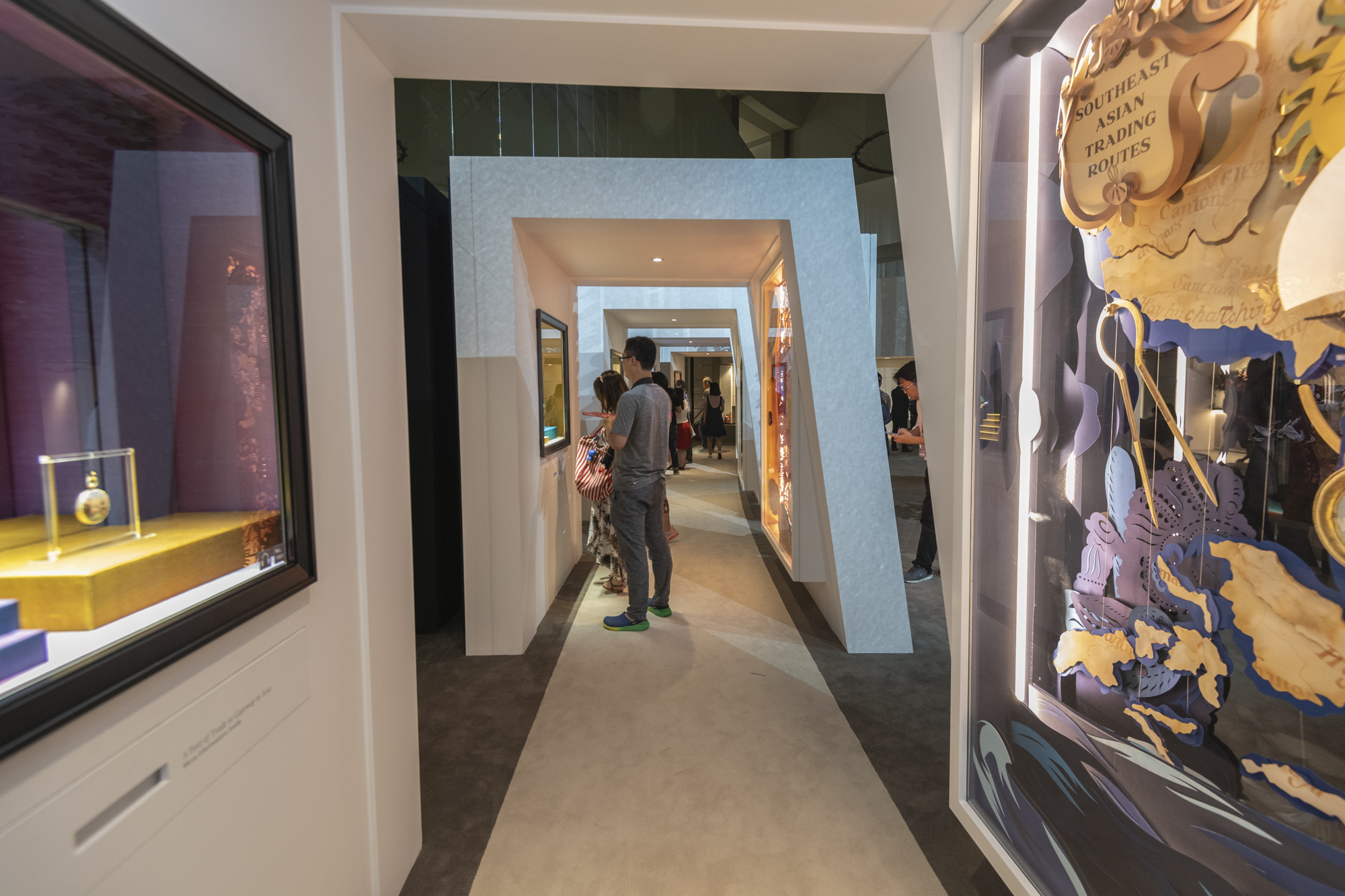 The final room, the Singapore Historic Room, is located near the entrance, and pays tribute to Singapore’s 200th Anniversary, as well as the grand heritage of Singapore and South East Asia as expressed in watches made by Patek Philippe over the years for the region. The timepieces on display here are on loan from museums or private collections.
The final room, the Singapore Historic Room, is located near the entrance, and pays tribute to Singapore’s 200th Anniversary, as well as the grand heritage of Singapore and South East Asia as expressed in watches made by Patek Philippe over the years for the region. The timepieces on display here are on loan from museums or private collections.
And we’re done!
Now take a break and take some time to absorb it all. Hopefully I’ve given you a good overview of what it is like to attend the exhibition. My conclusion: the Watch Art exhibition has to be the most amazing one I have ever attended, and certainly helps to deepen my understanding of the brand. In a way, only a brand like Patek Philippe could have pulled off an exhibition in scale and scope like this and I left with a newfound appreciation of what it has achieved in its history.
Let me know in the comments below what your conclusions are. I’m interested to know if you feel the same way.


